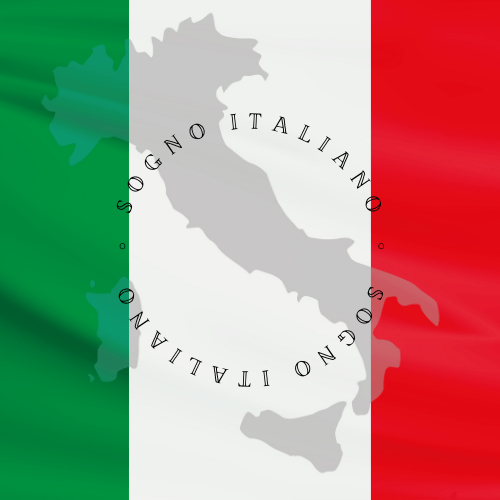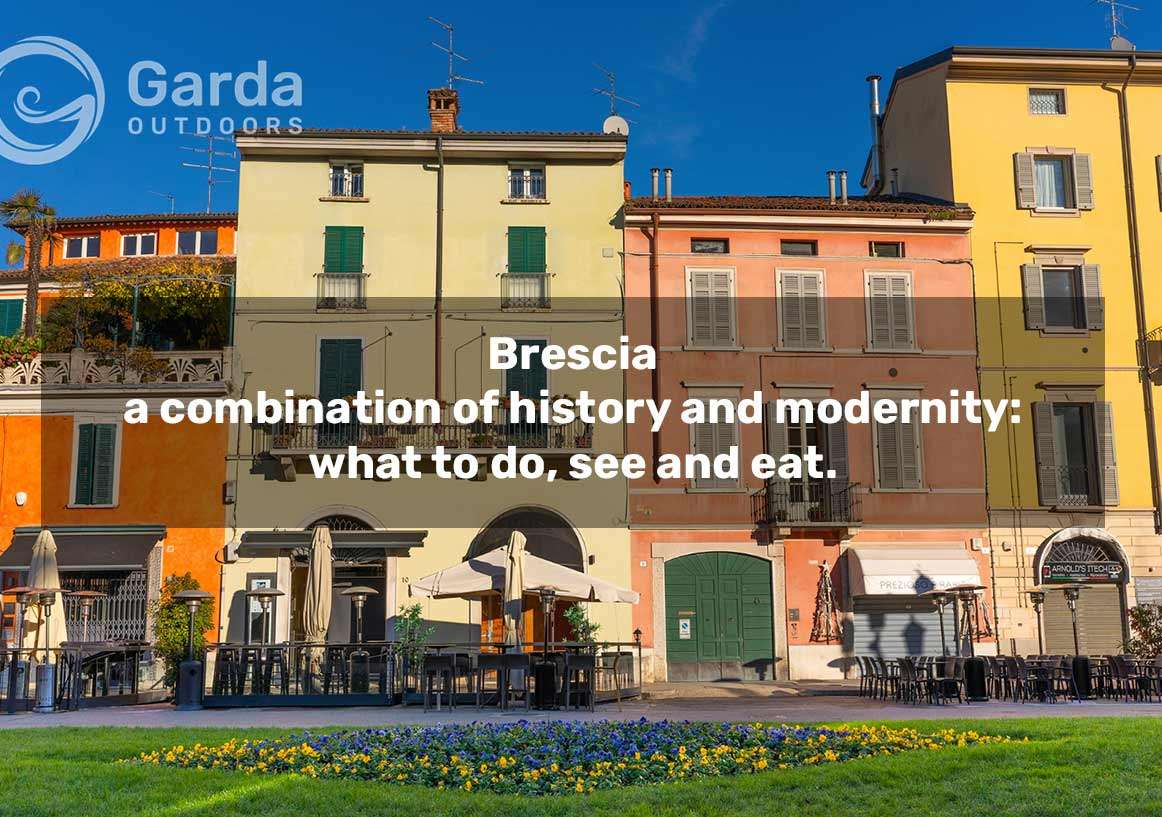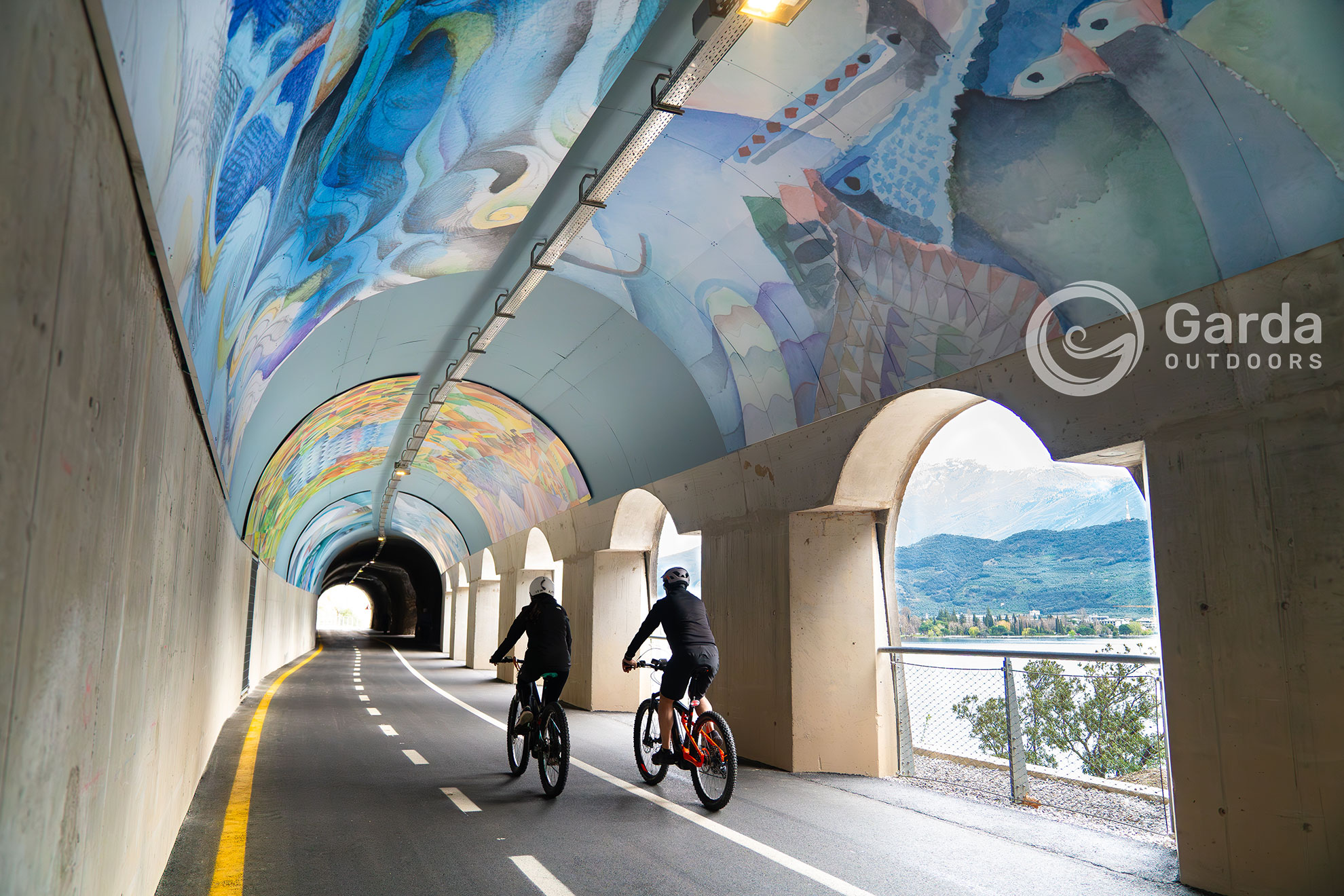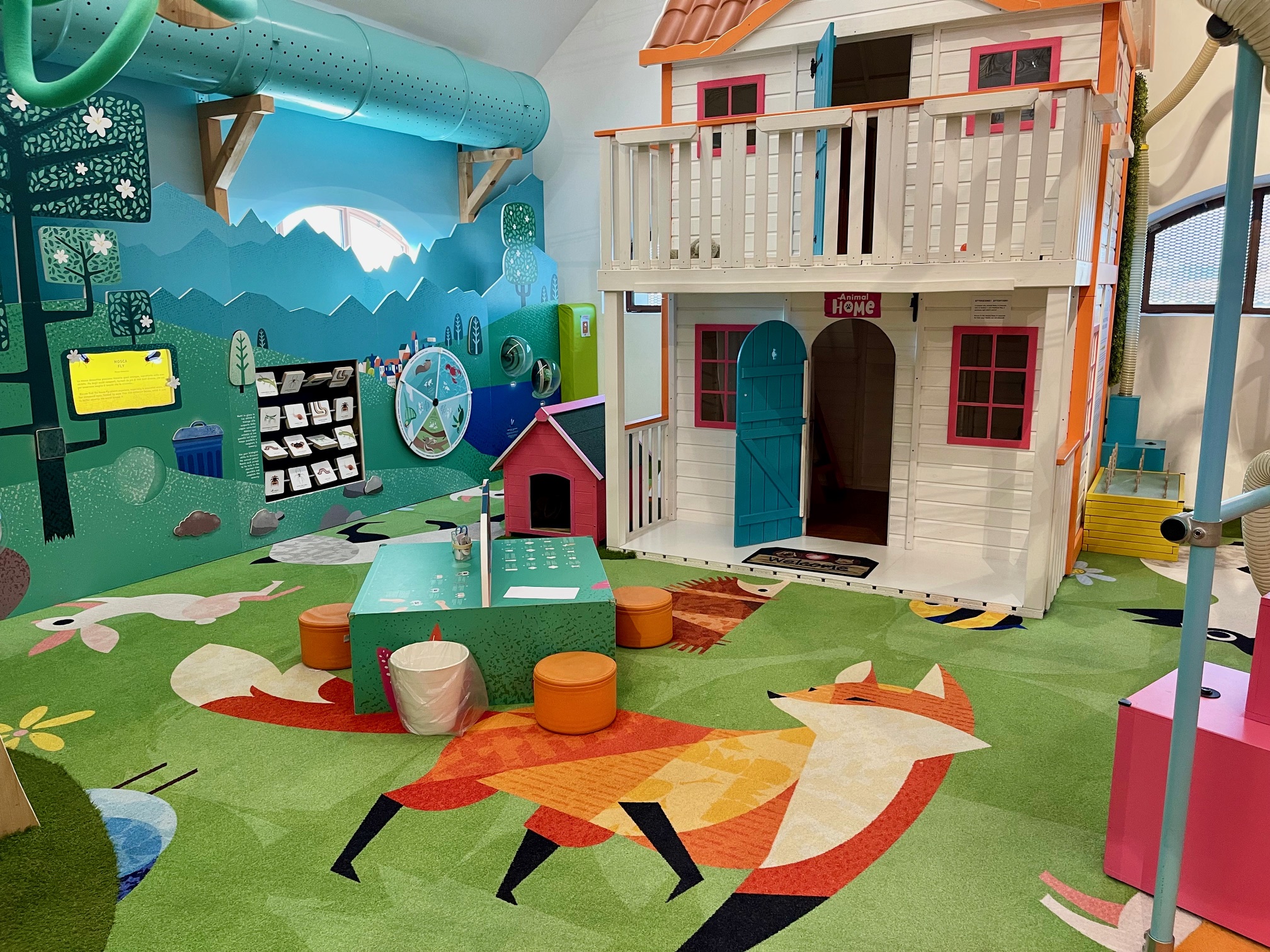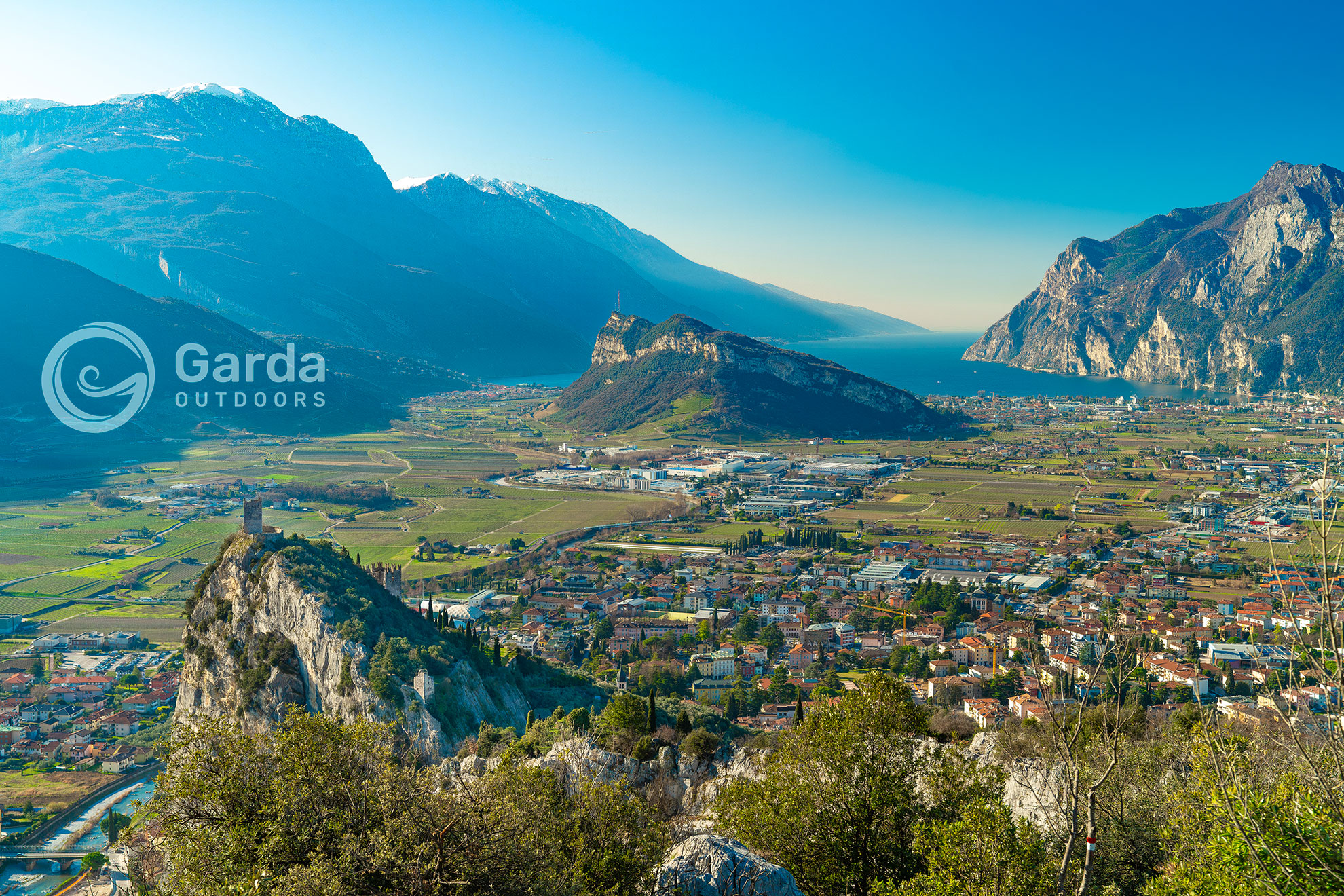The Val d’Adige is the stretch of the valley crossed by the Adige river which goes from Merano to the entrance to the Po valley just north of Verona. It is located east of Lake Garda, divided by the Monte Baldo chain.
Its main cities are Bolzano, Trento, Rovereto and Verona.
Its origin is also linked to the presence of a series of castles and military forts, which make this area known throughout the world with the name of “Terra dei Forti“; built right here because the Val d’Adige was for centuries the link between the Mediterranean and the Alpine-European world, therefore very guarded and disputed.
But its wines have also always been famous, even mentioned by Roman writers of the 1st century AD. who, speaking of wild and cultivated vines north of Verona, mention “a wild vine called Enantio”: this is precisely the same grape that today is produced and valued by the winegrowers of the Terradeiforti-Valdadige DOC denomination.
This valley is extraordinarily rich in nature, history and tradition. In addition to the uniqueness of its wines, it offers the visitor architectural beauties set among the curves of its sinuous river.
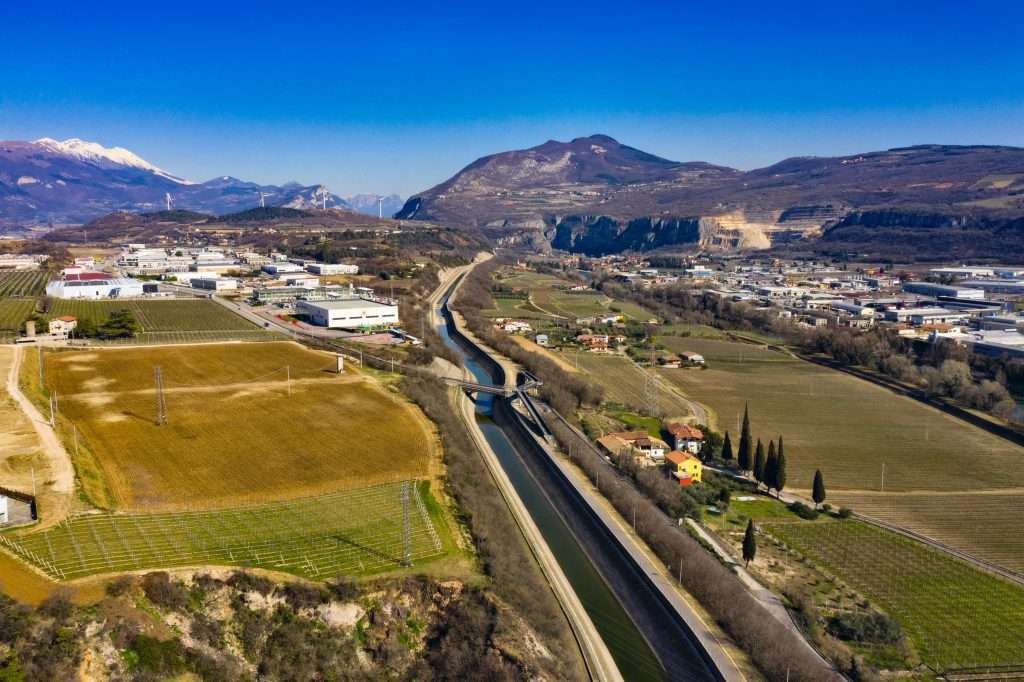
What to see and visit in a day trip in Valdadige.
Let’s find out together what to visit in Val d’Adige so as not to miss a single hole!
Forts, villages and castles.
Fort of Rivoli.
Forte Rivoli, also called Forte Wohlgemuth, is a fortress located in the municipality of Rivoli Veronese in the narrow part of the Adige river, on a hill of Mount Castello at an altitude of 227 m. Built to defend the Austrian border, it took the name of a general of the empire who distinguished himself in the first war of independence. With the annexation of Veneto to the Kingdom of Italy it passed under the control of the Royal Army, changing its name to Forte Rivoli.
The building was built using local stone ashlars with terracotta archivolts. The fort consists of a main body formed by a double stacked cylindrical casemate. This conformation, together with the strategic position, allowed him to be able to aim fire in a complete arc of 360°.
Of particular interest are the loopholes in the walls of the casemates for the artillery, which are very well finished. Inside there is a small round courtyard, under which there is a cistern with a well. The courtyard can be reached from a gallery to the east, located at ground level, while the rest is surrounded by a wall with loopholes.
Here is the Walter Rama Museum, dedicated to military history which displays not only documents and artifacts from the wartime past of the Fort, but also uniforms and insignia with a section relating to the Great War, while various types of cannons are displayed on the outside .
The visits are managed by the Amici del Forte Association – Tel. 338 976 04 50.
Forte di Ceraino and Forte Monte.
The Ceraino Fort (236 m high) was built by the Austrians in 1851 and named after the lieutenant field marshal Johann von Hlawaty as recognition for his works of military architecture. The construction, commissioned by Field Marshal Radetzky, served to create a barrier, together with the forts of Wohlgemuth (Rivoli), Mollinary (Monte) and Chiusa, towards the Brenner road and the mouth of the Vallagarina.
At the end of the Third War of Independence in 1866, with the annexation of the Veneto to the Kingdom of Italy, the fort changed hands to the Royal Army, which modernized it in 1884 and worked to reverse the artillery fire. From this moment it assumed the name of Forte di Ceraino.
It was then used as an ammunition depot and later abandoned. To date it is abandoned but in a fairly good state of conservation.
It can be reached with a half hour trek starting from the center of the village of Ceraino (fraction of Dolcè – VR) going up along a mule track.
The road then continues towards the village of Monte, and leads to the fort of the same name, which has a breathtaking view of a bend in the Adige river, Ceraino, the wind farm, the lower lake of Garda and Mount Baldo.
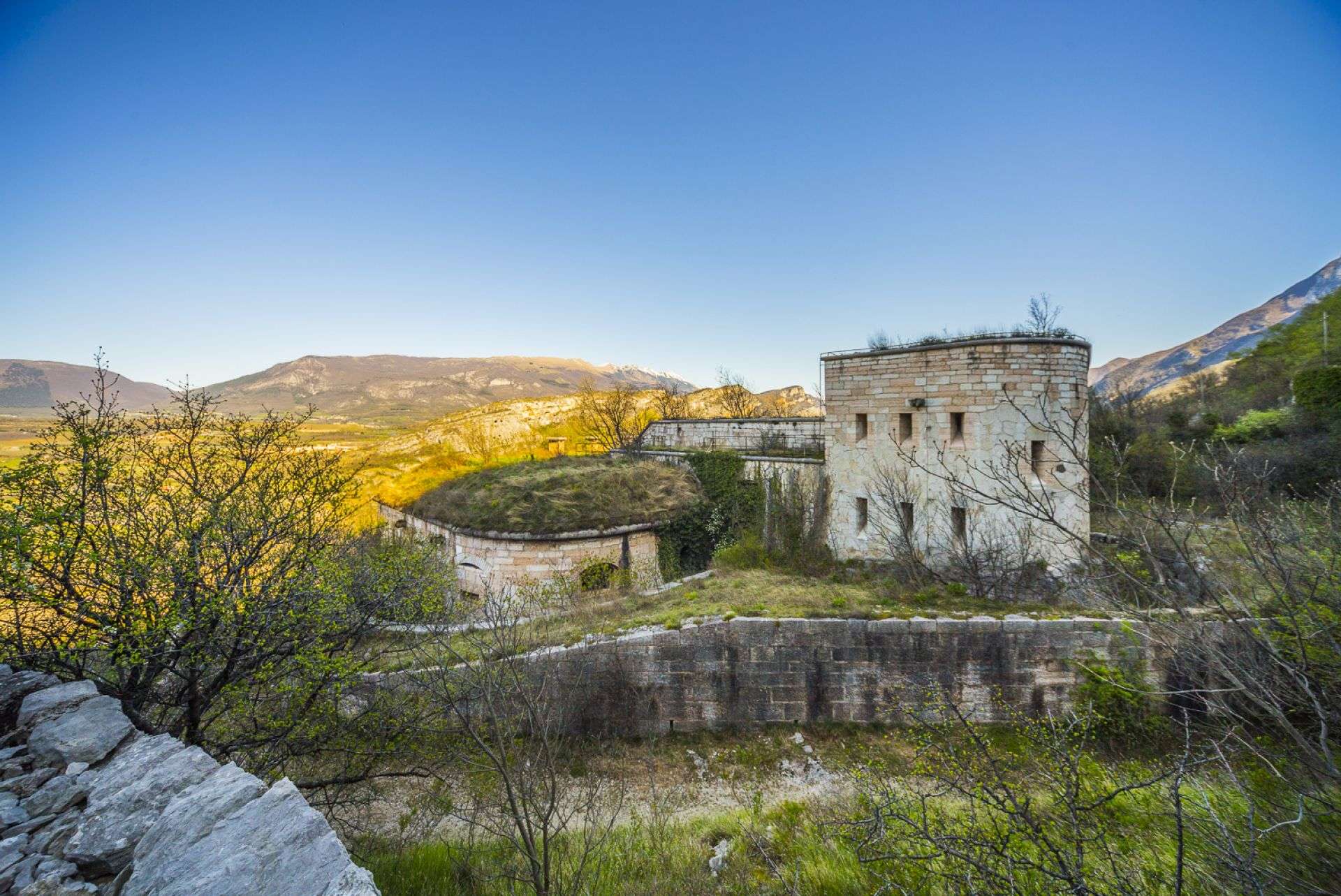
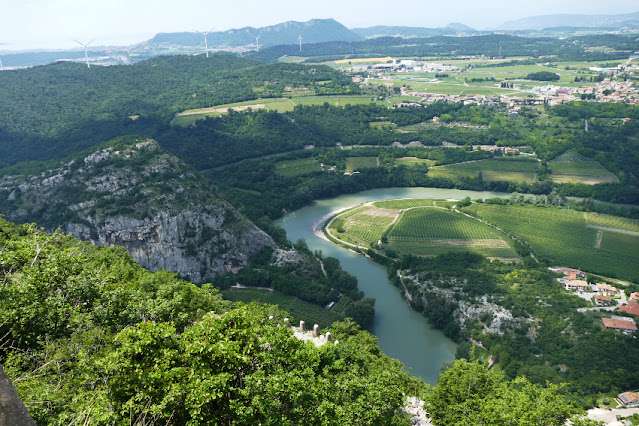
Fort San Marco.
Fort San Marco is a military stronghold built along the ridge of Mount Cordespino in Caprino Veronese. Its construction began in 1888 and was completed in 1913. At first it had the objective of completing the defense line of the border with the then Austro-Hungarian Empire and then it was used during the First World War for the stationing of Italian troops, also if there was no battle there.
The Fort cannot be visited as it is private property. It is surrounded by a ditch dug into the rock and surrounded by a wall.
It can be reached with a simple trek that starts from Lubiara, a hamlet in the municipality of Caprino Veronese (park at the Bici Grill and climb in just over an hour with about 450 m in altitude). It can also be reached by taking the ancient military road that starts from the hamlet of Zuane. In any case, the view upon arrival will be unmissable!
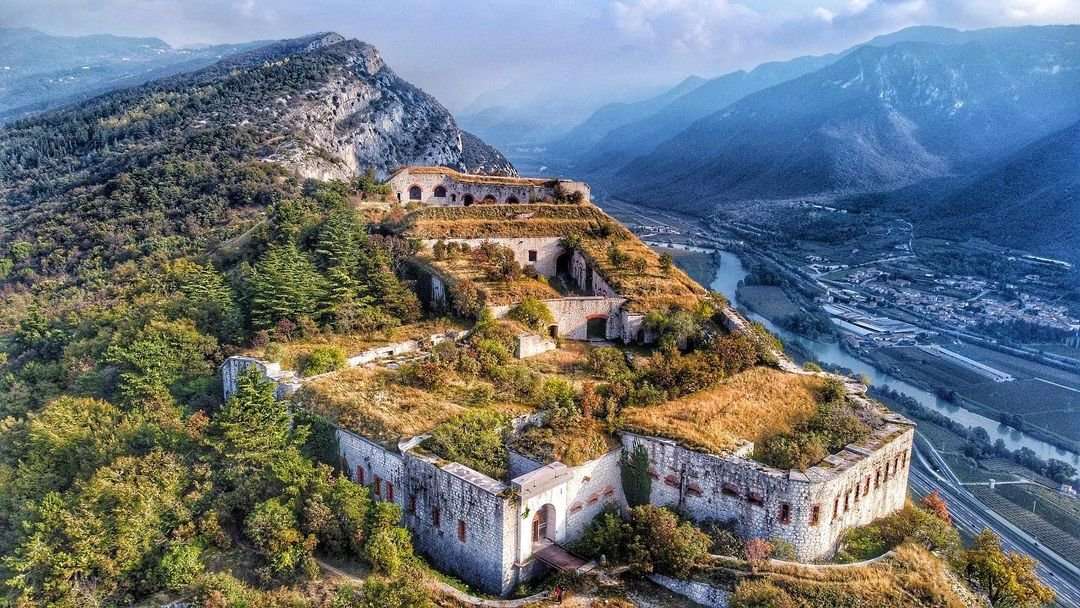
Avio Castle.
On the top of a spur of Monte Vignola, one of the oldest and most evocative castles in Trentino has stood for over ten centuries: the Avio Castle. A majestic circuit of towers and crenellated walls in a fortress complex conceived for the strategic control of the Val d’Adige, but also a treasure trove of a luxuriant garden and precious and lively “Giottesque” pictorial cycles dedicated to love and war.
For info and tickets click here.
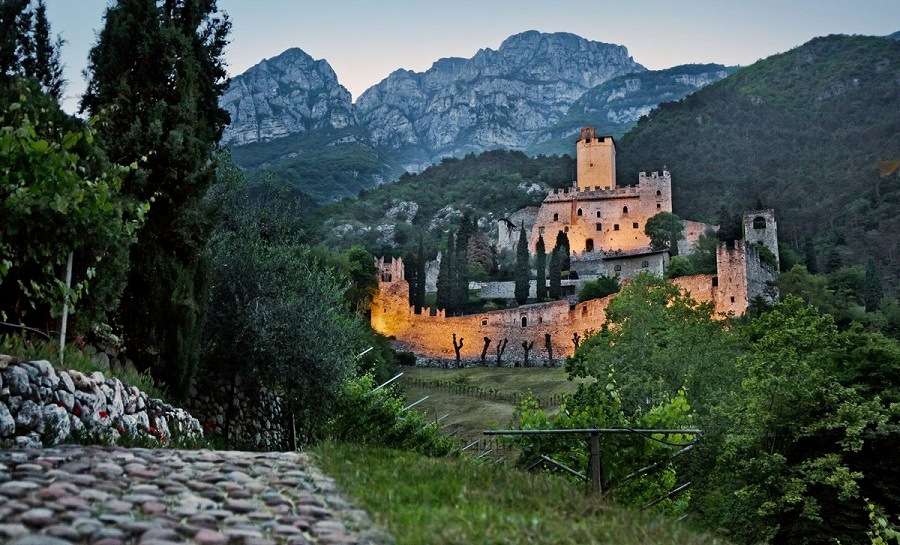
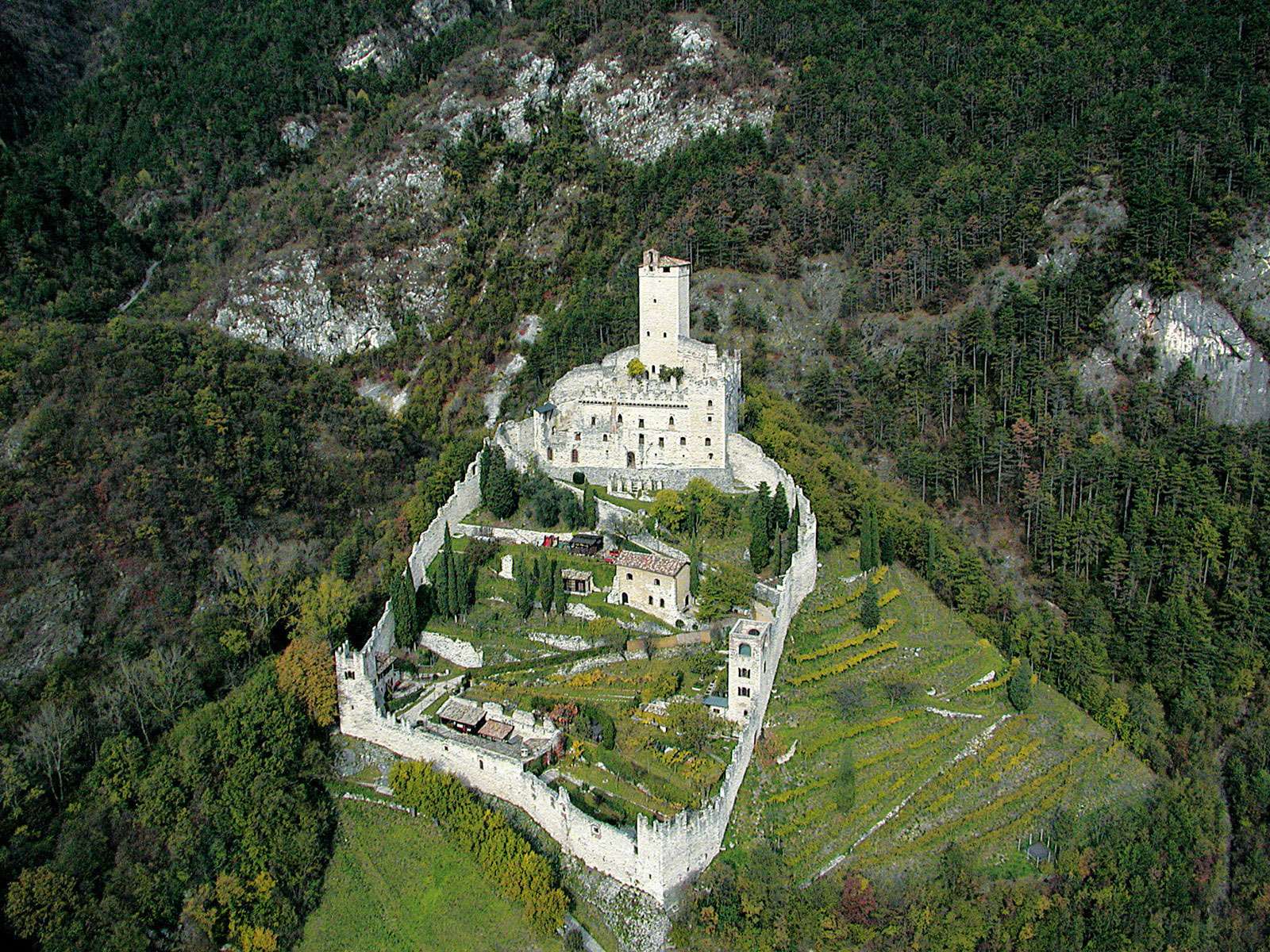
Castel Pietra and Castel Beseno.
Continuing north, following the course of the Adige river, you will arrive at Pietra Castle and the overhanging Beseno Castle. Pietra Castle was built in the Middle Ages in a strategic area guarded since ancient times. The castle is private, but can be visited and can also be booked for private events. For more info click here.
The imposing structure of Beseno Castle, on the other hand, will allow the visitor to fully experience the atmosphere of the 15th century and to discover the events of the battle of Calliano in 1487 which saw the Trentino-Tyrolean armies pitted against the Venetians. The castle offers a rich museum itinerary, events and activities, with particular attention to the little ones: in a dedicated room they can wear armour! For more info click here.
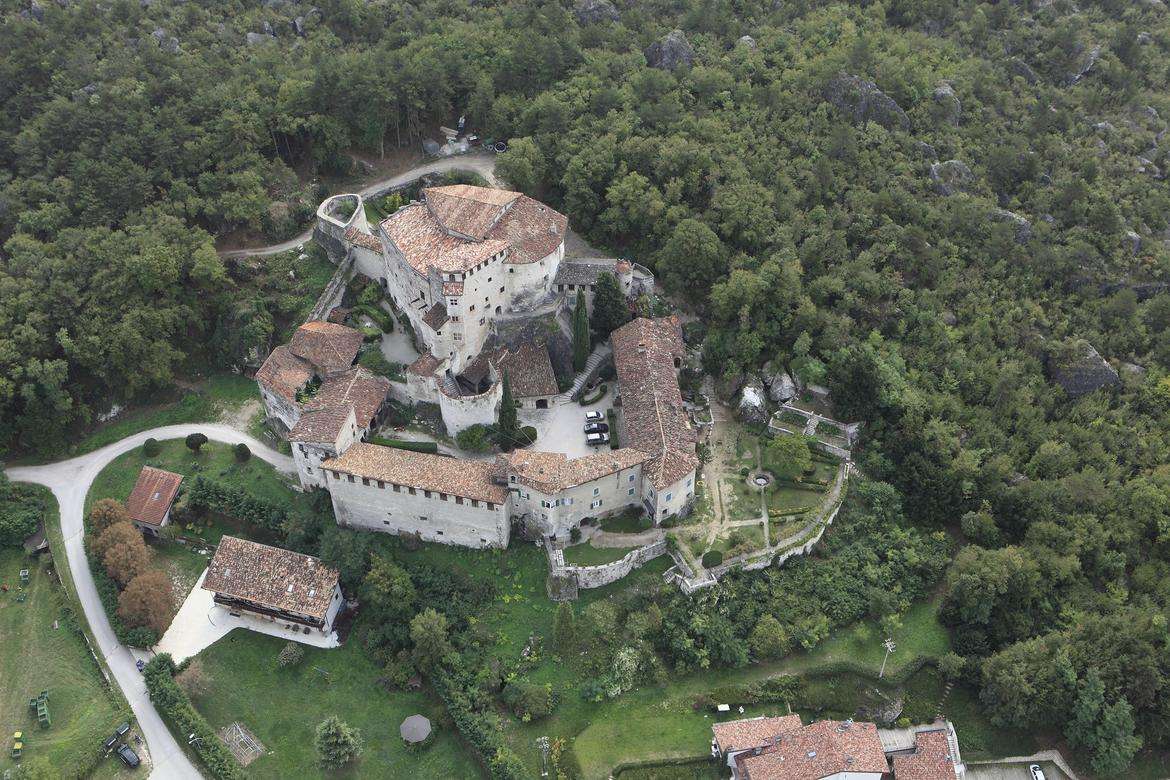
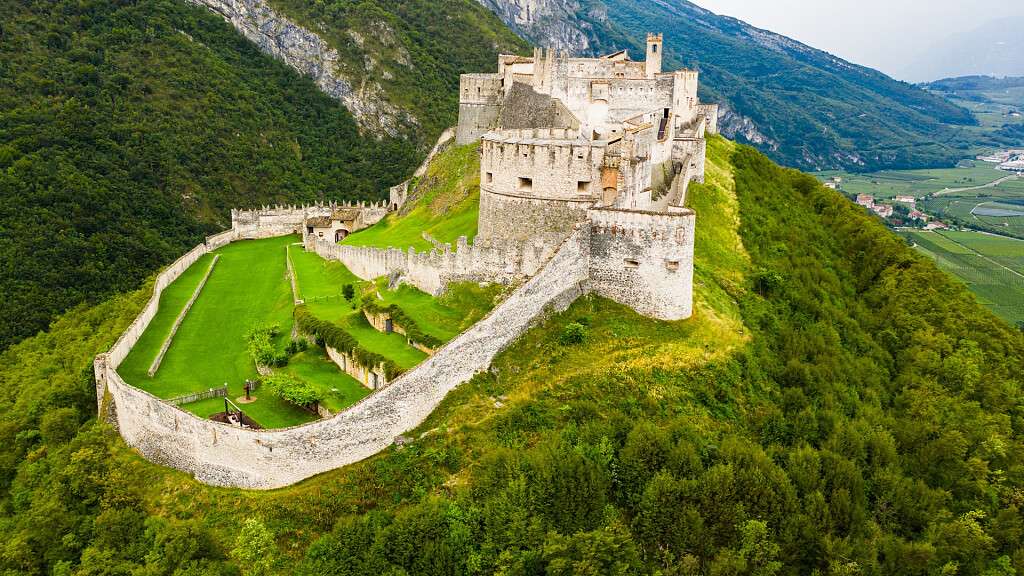
The Mount Mesa Wind Farm.
The Monte Mesa wind farm is a wind energy production plant located in the municipality of Rivoli Veronese. Mount Mesa is a SCI area that has the particularity of hosting arid meadows rich in wild orchids. A cycle path has also been created which connects it with the Val d’Adige cycle path, thus allowing you to arrive near the plant by bicycle. Finally, an “educational itinerary” was created which, following the ridge of Monte Mesa, allows you to visit the wind turbines passing alongside the arid meadows and to read up on the technical-environmental particularities of the site, using panels and captions explaining the plant wind power and the plant species of the site.
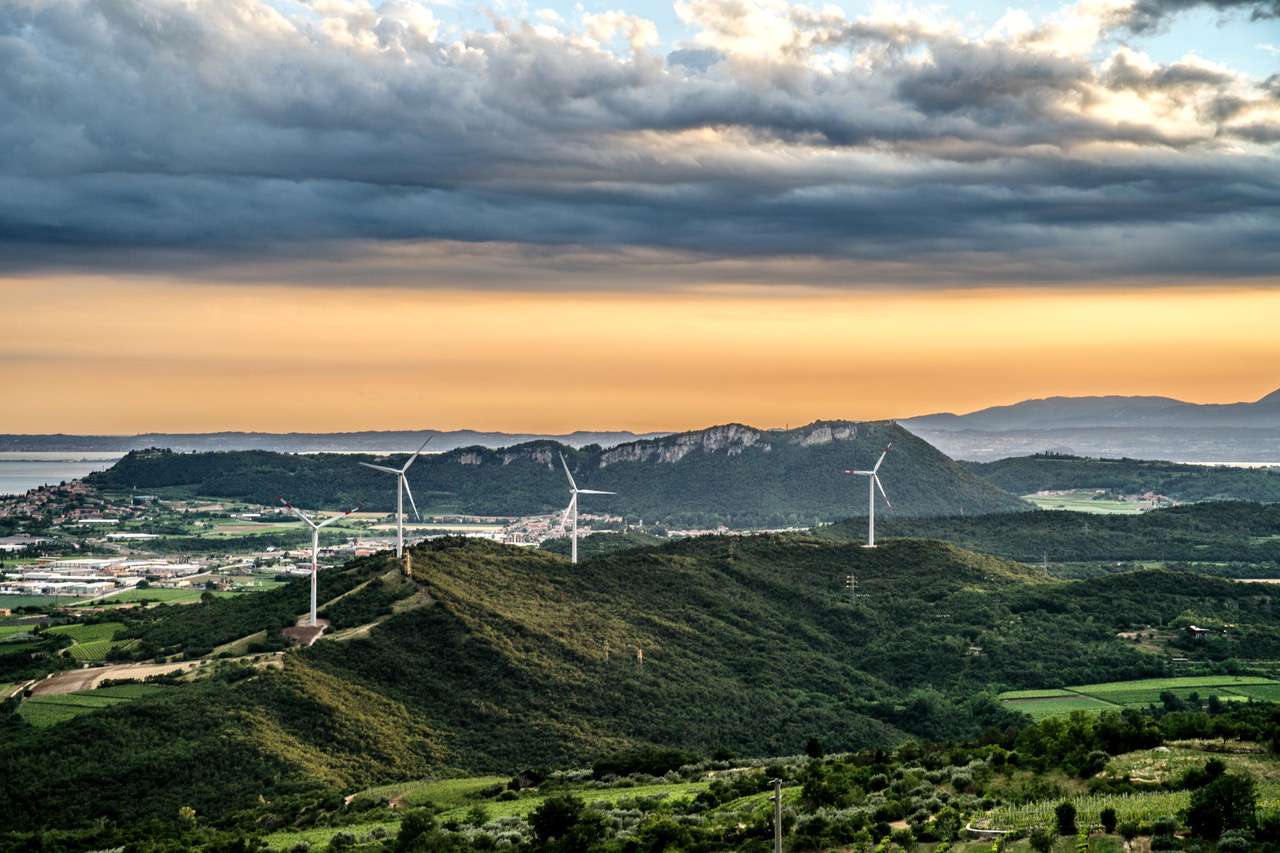
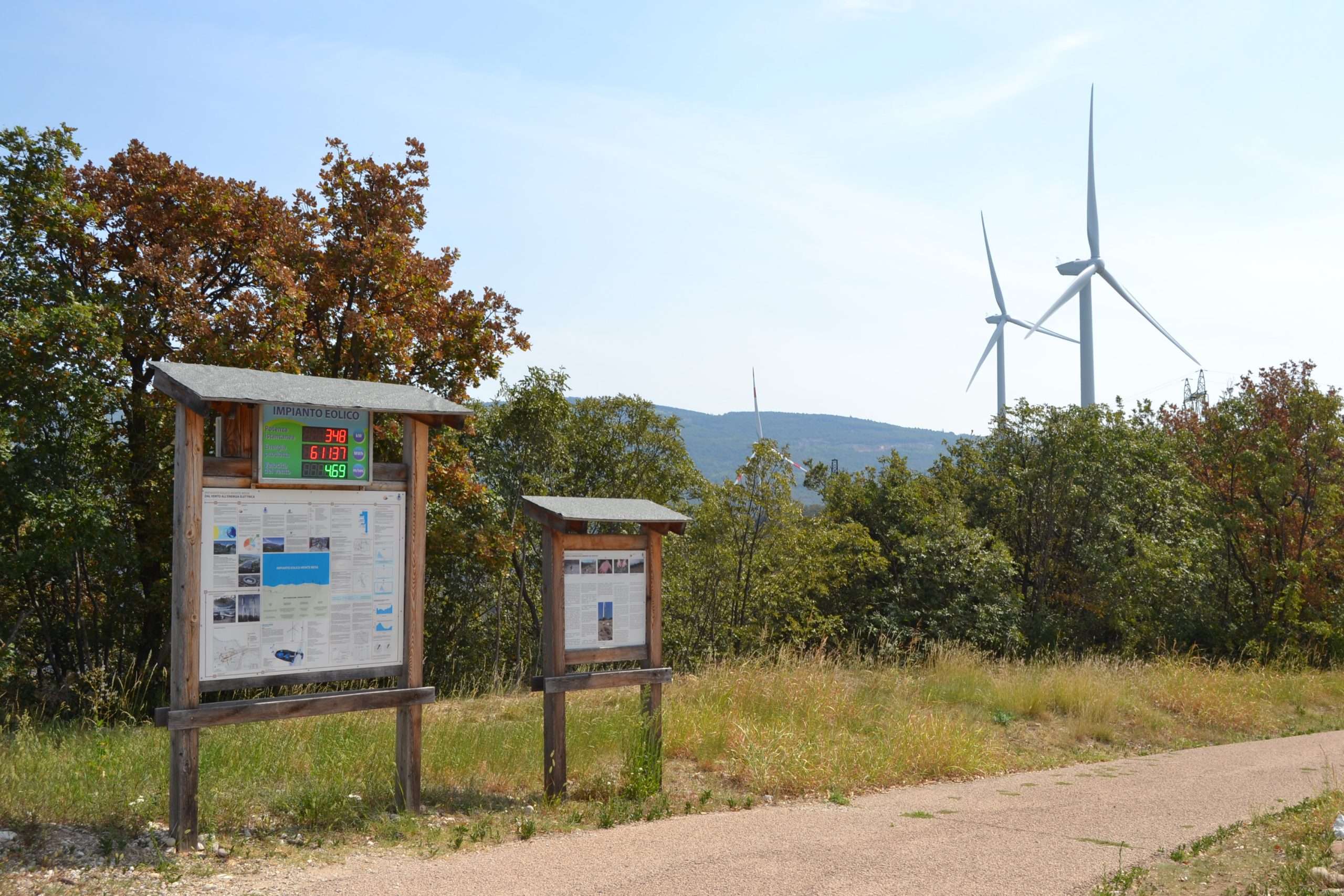
Churches unique in the world.
Madonna della Corona Sanctuary.
Madonna della Corona is a beautiful sanctuary carved into the rock at 774 m a.s.l., overlooking the Val d’Adige. It is located in Spiazzi, a picturesque hamlet of Caprino Veronese (VR). It can be reached by car with a short walk or with a nice trek that starts from Brentino Belluno. For more info click here.
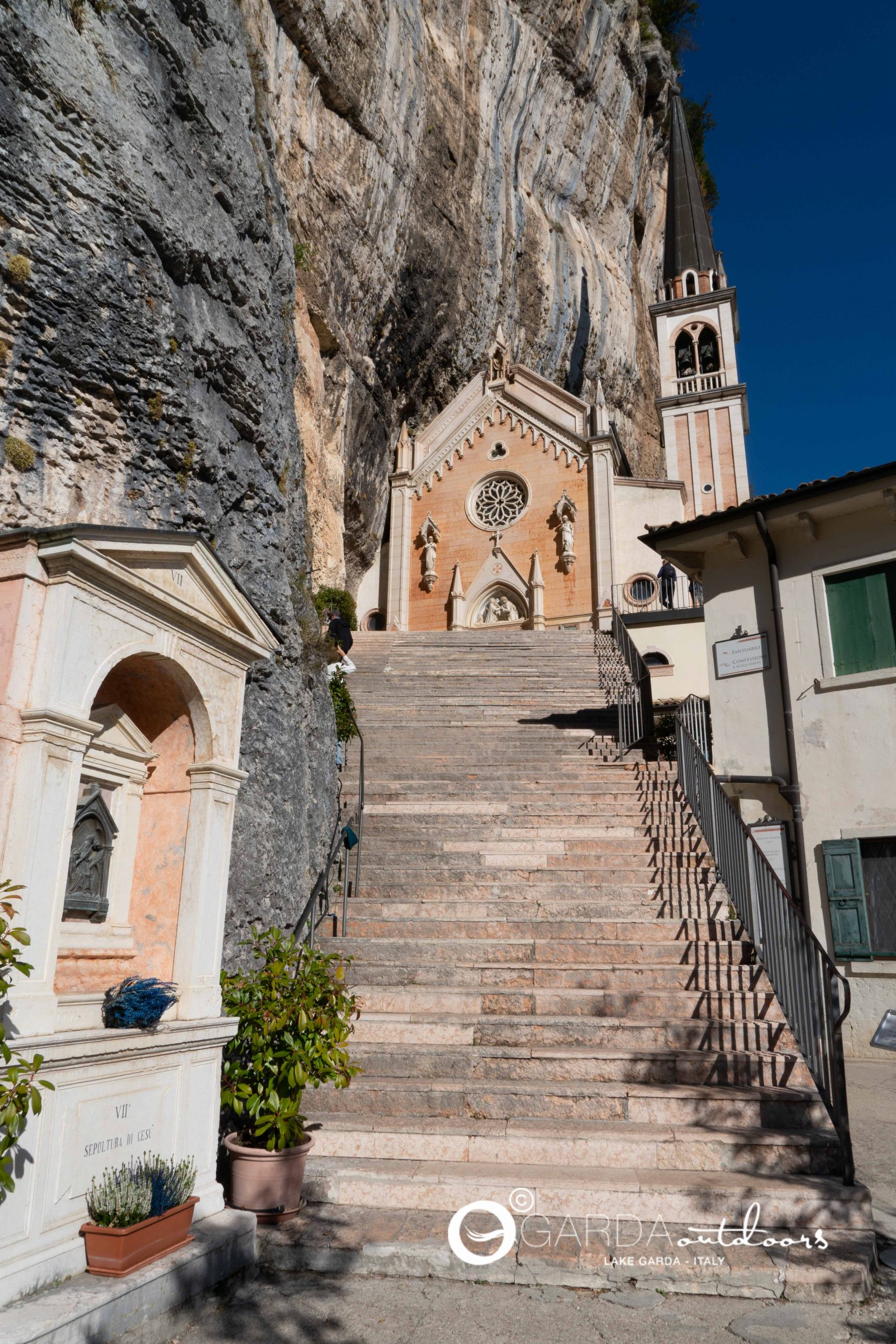
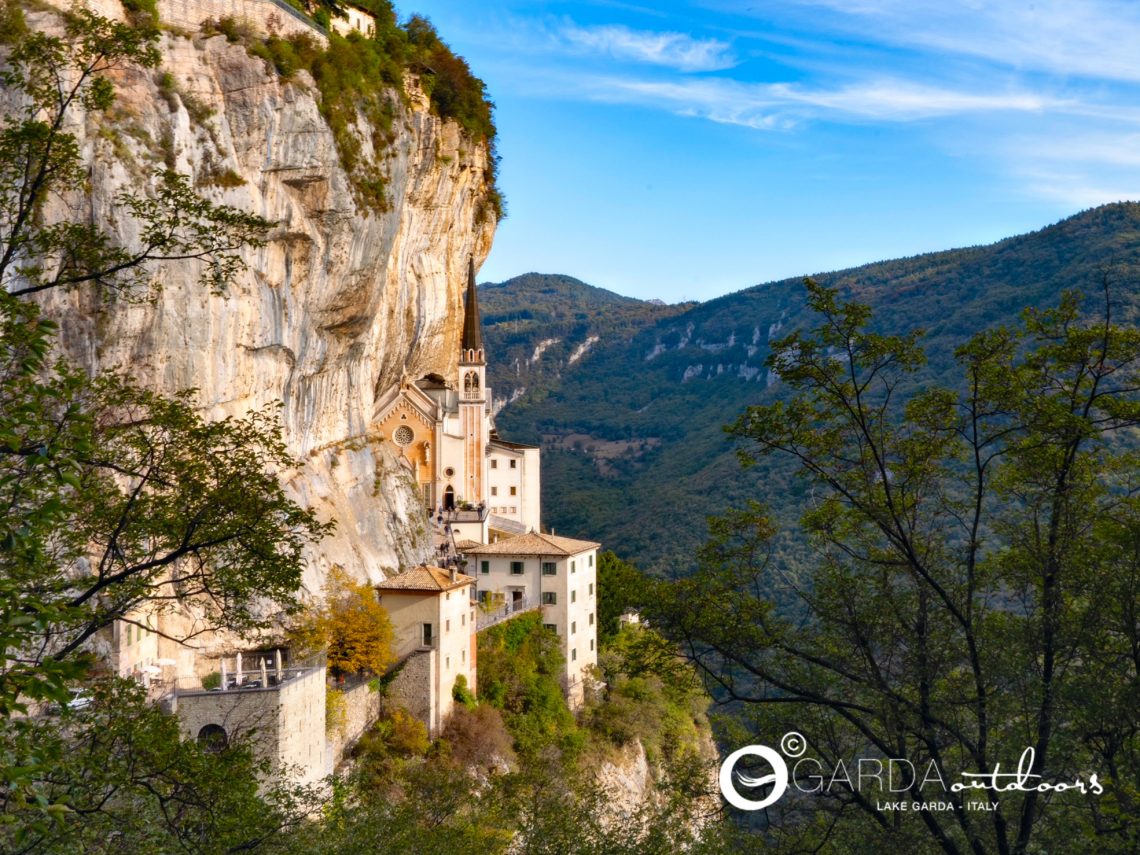
Hermitage of San Colombano.
Smaller, but equally spectacular is the Hermitage of San Colombano, built at half height directly on the rock on a precipice of about 120 meters.
It is located in the Municipality of Trambileno, a few kilometers from Rovereto. The Hermitage can be reached by walking along a very short path that crosses the clear waters of the Leno stream and climbing a staircase of 102 steps, dug directly into the rock. The route is easy, suitable for everyone, but really very impressive. For more info click here.
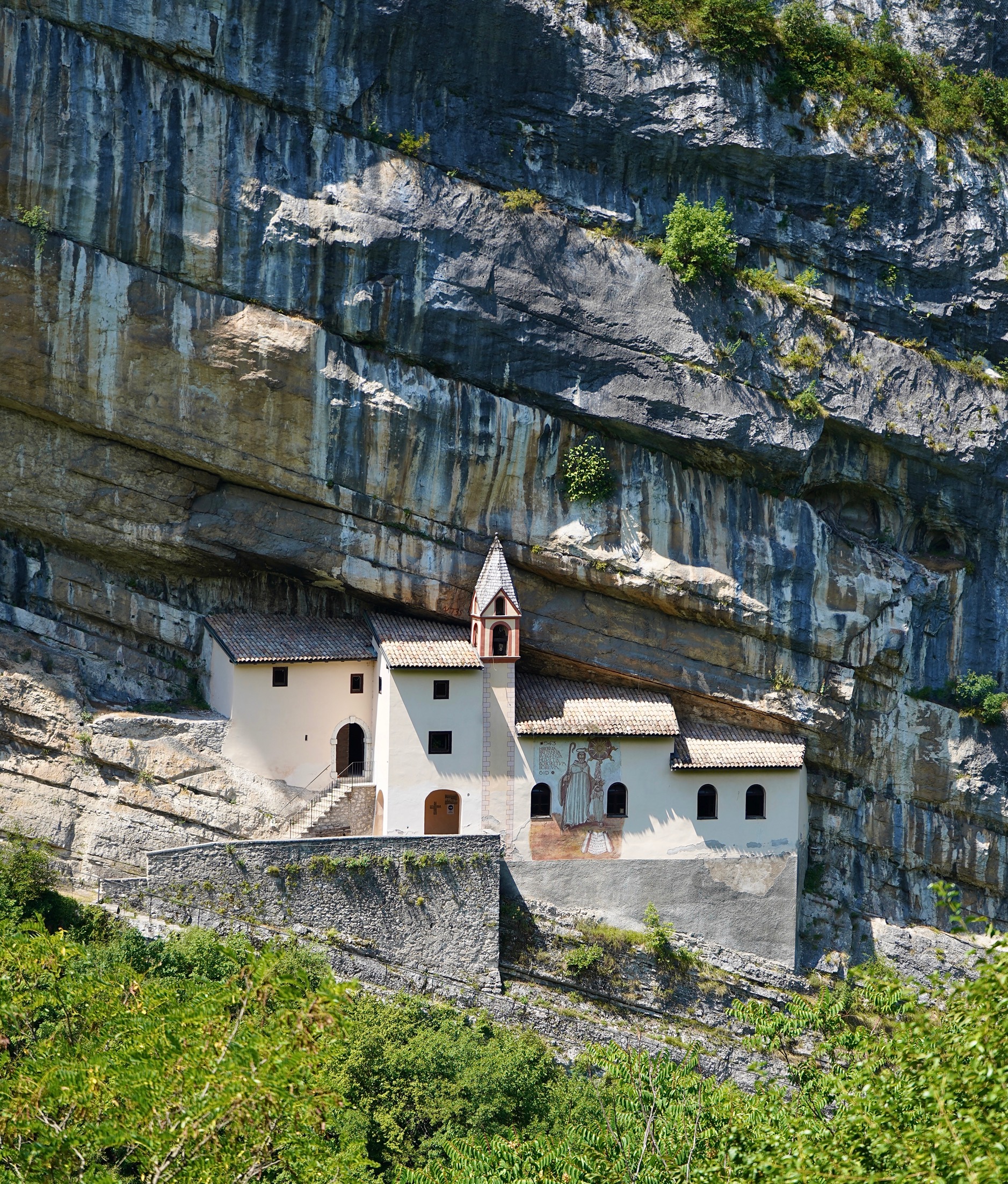
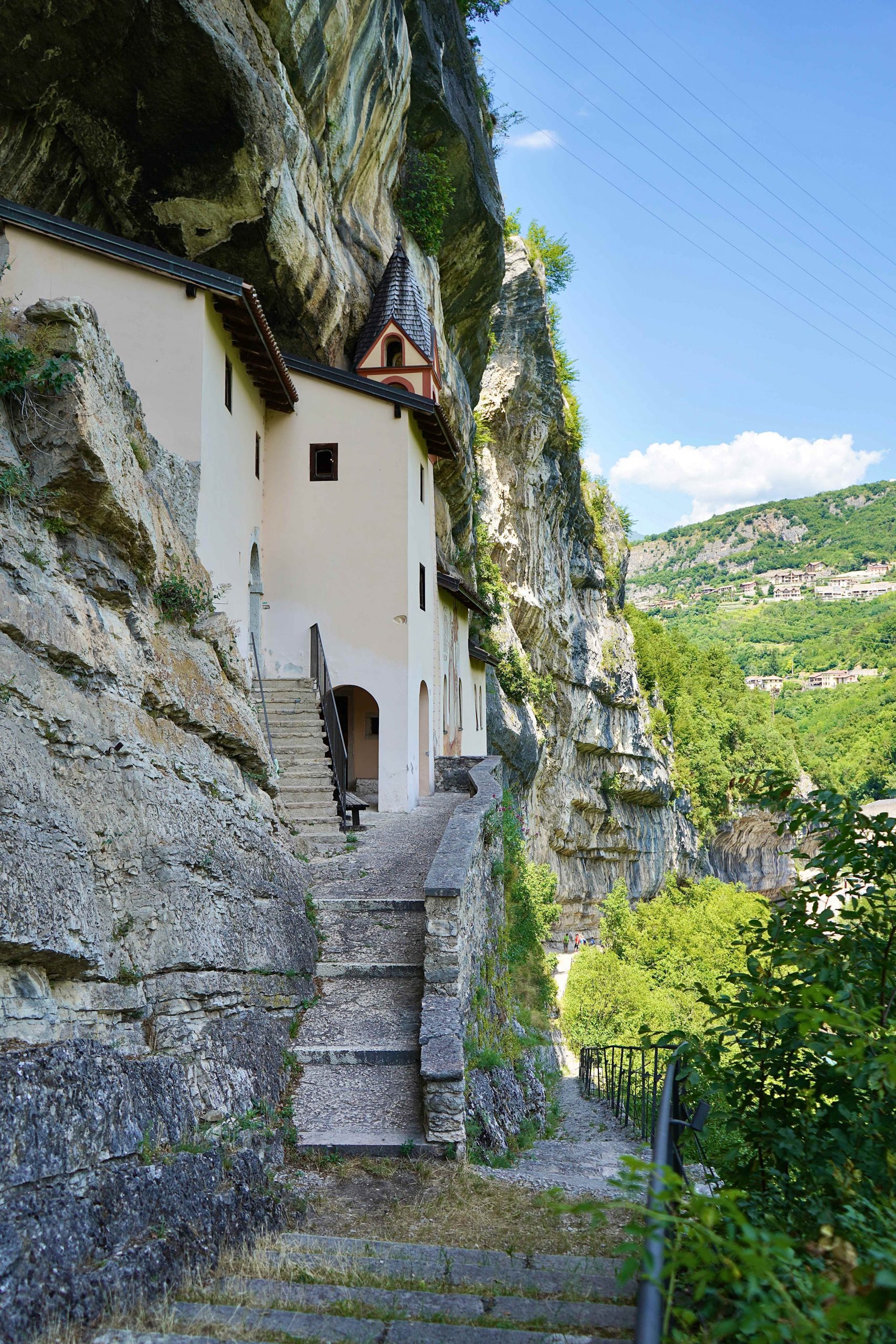
Major cities.
Trento.
The historic center of the city of Trento is noble and austere, welcoming tourists with a skilful fusion of different architectures, from the Romanesque-Gothic style to that of the modern era. Through its churches, monuments and palaces, Trento releases a piece of its history at every corner, and unknown treasures, legends and curiosities are hidden among its streets that deserve to be discovered such as the Castello del Buonconsiglio or the Cathedral of San Vigilio . To find out all the info on Trento click here.
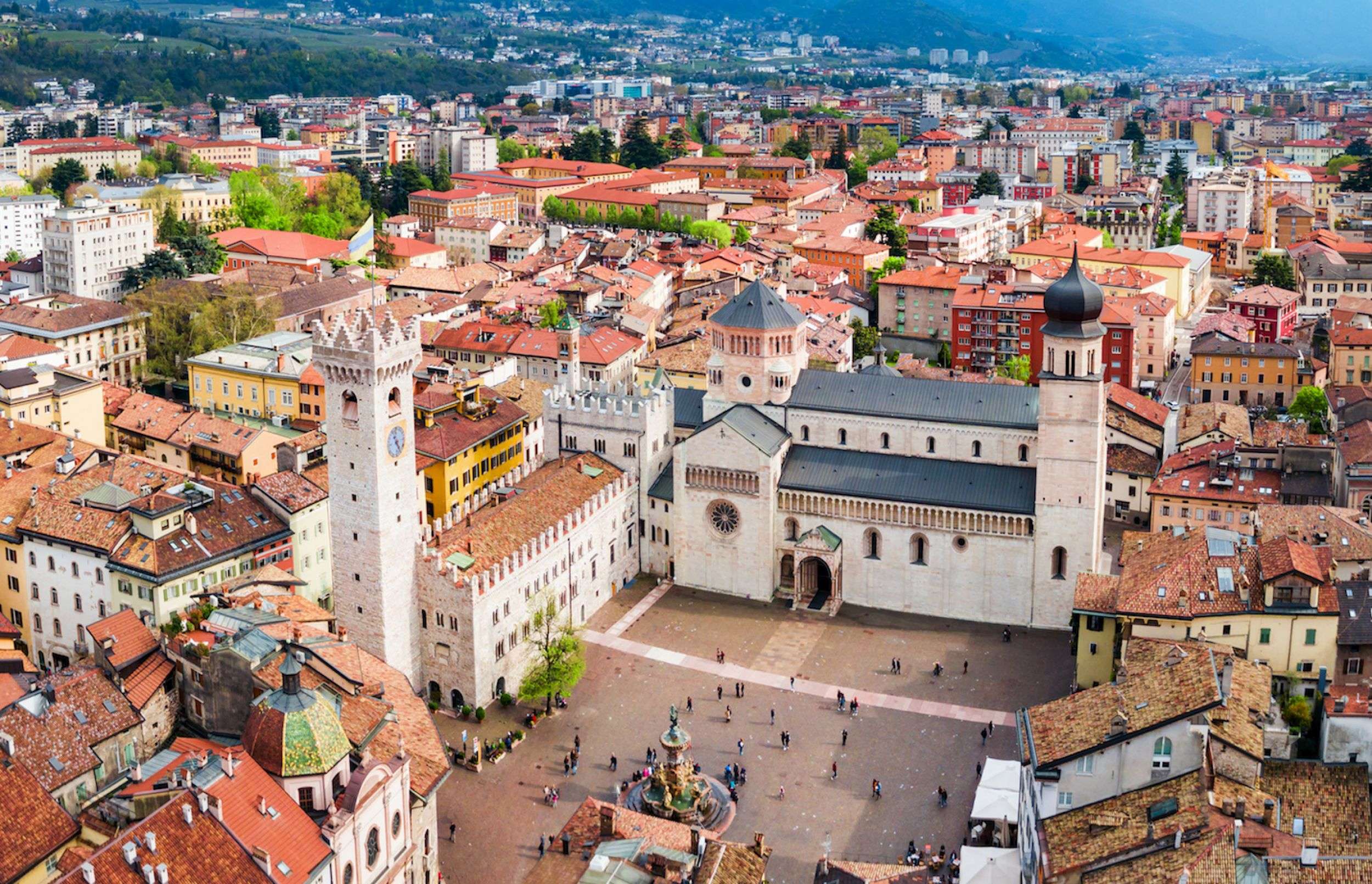
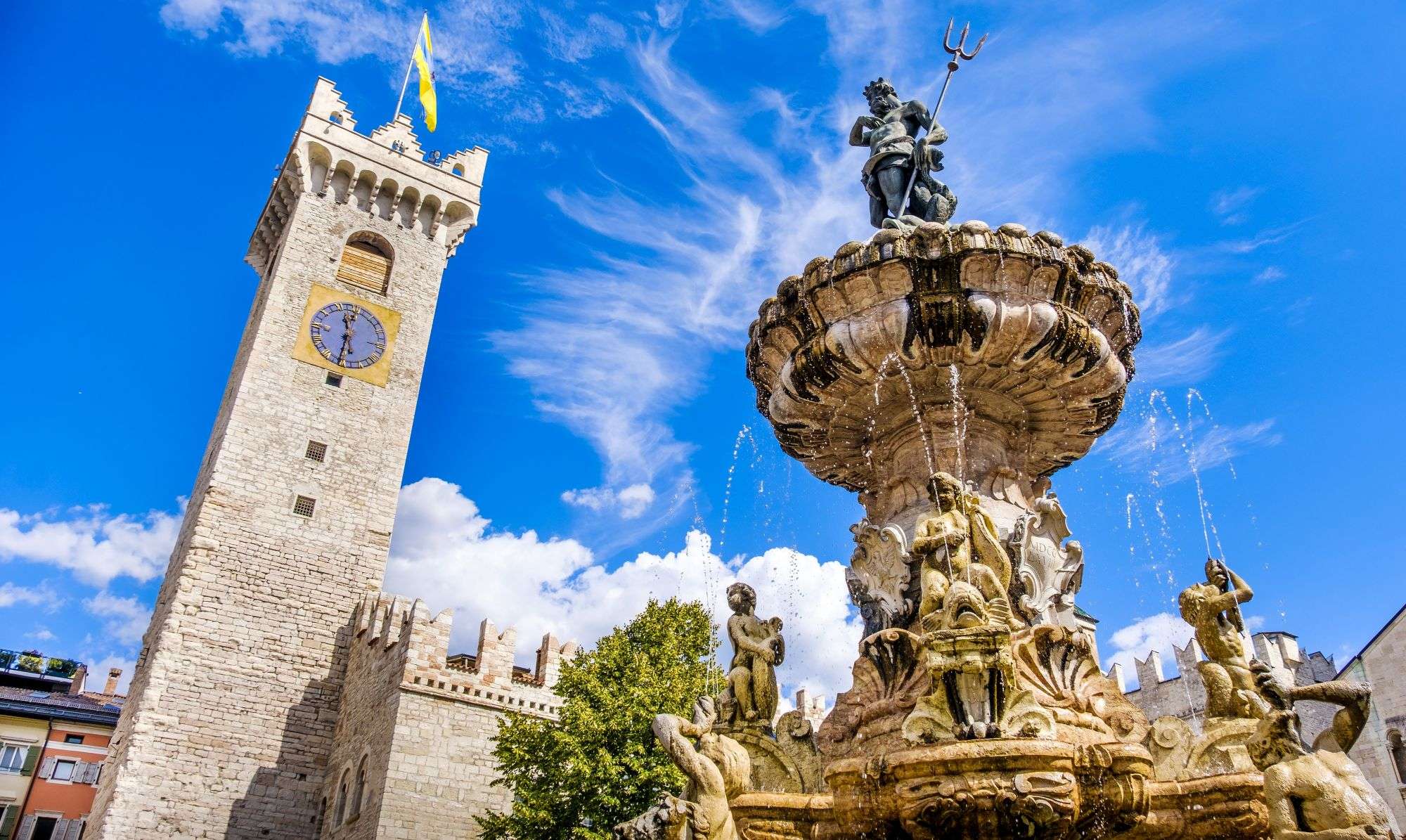
Rovereto.
Today Rovereto is the capital of the Community of Vallagarina; offers a wide range of experiences, activities, museums immersed in a breathtaking panorama between vineyards and hills. Do not miss a visit to the Mart – Museum of Modern and Contemporary Art and the Rovereto Castle with its War Museum. To find out all the info on Rovereto click here.
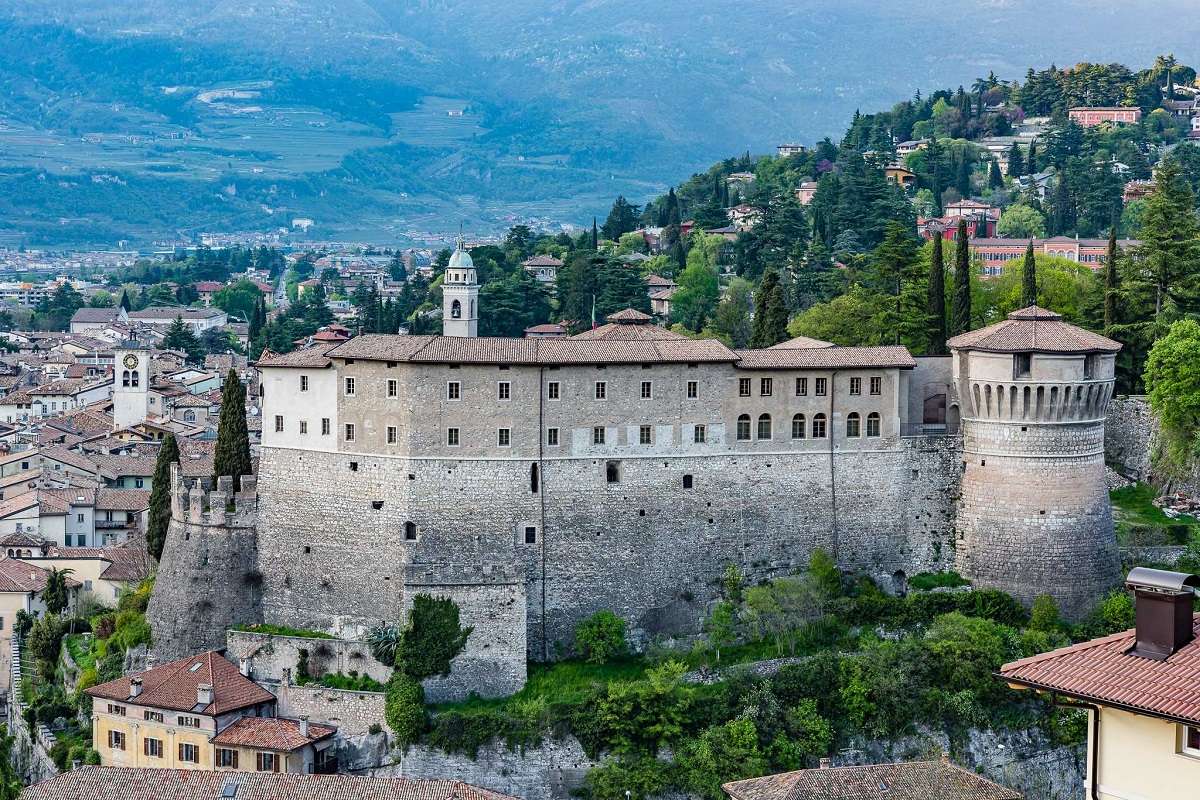
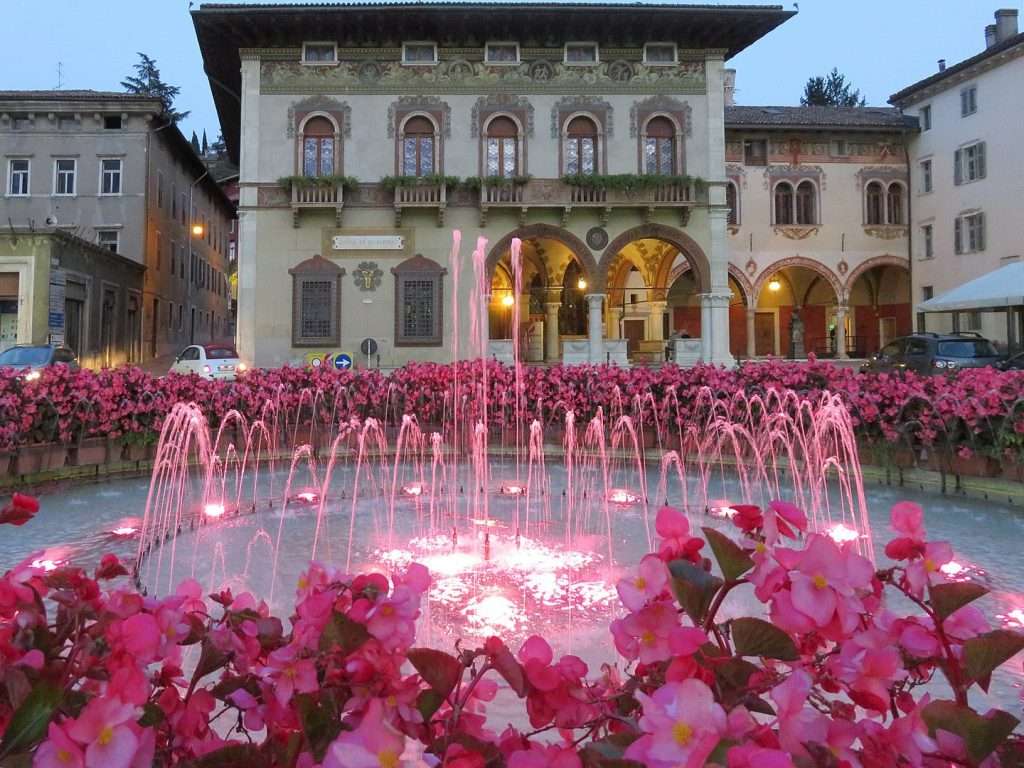
Verona.
For many, Verona is synonymous with the love story of Romeo and Juliet: Shakespeare’s drama that has certainly built one of the identities of this splendid Venetian city. But not the only one.
Here we also find the Arena, which attracts opera lovers from all over the world, and a network of historic alleys, squares and buildings embraced by the bend of the Adige river, which make Verona a unique city in the world. To find out all the info on Verona click here.
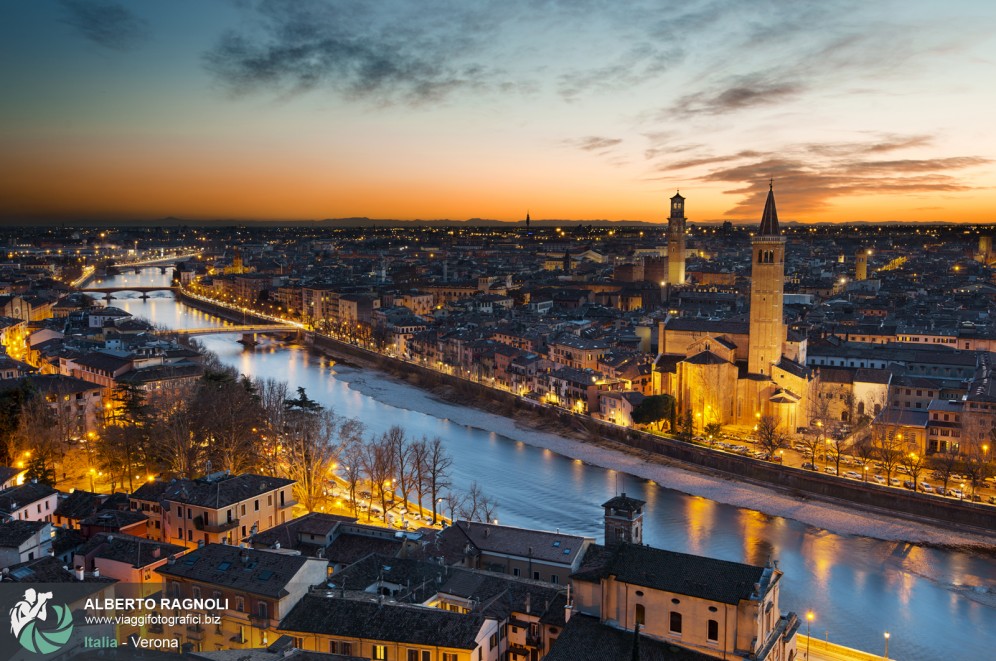
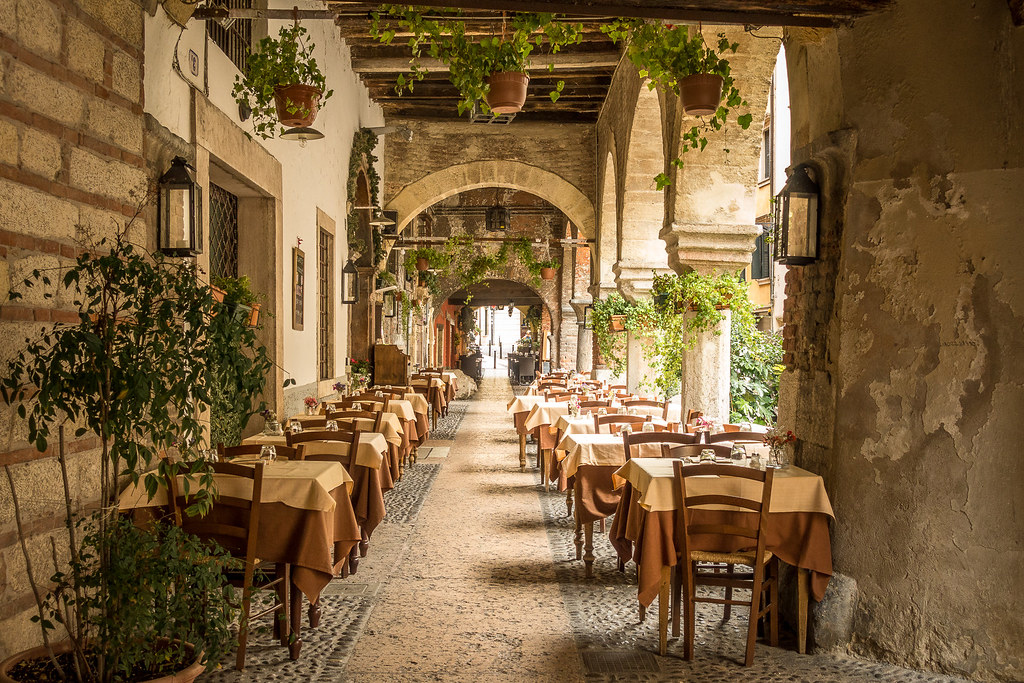
Seasonal events.
Dolcè, in the province of Verona, is definitely the leader for many local events rich in tradition. We mention “History and flavors of Dolcè“, a food and wine event that takes place in June along the streets of the town. For more info on the various events organized click here.
All the events in the big cities can be found in the articles dedicated to the respective in-depth links above.
Curiosities about Valdadige.
Here you will find a nice list of curiosities that make Val d’Adige a territory full of surprises and history to learn. That sort of news to acclaim a nice “I would never have thought of that!”.
The land of the Val d’Adige: let’s start by telling you some notions about the type of land found here to better understand why the Val d’Adige is so full of vineyards. The soil in the valley floor, near the river, is mostly sandy; and it is precisely the presence of this sand that prevents the proliferation of a parasite called phylloxera which loves to devour the roots of small vine seedlings. Normally, in fact, to avoid this problem, an American vine is planted (which has developed a resistance to this parasite) to which the local type of vine is then grafted.
But in Valdadige, thanks to the particular composition of the soil, this parasite is unable to proliferate and therefore the small vine with its roots can be planted directly “ungrafted”. The plant is “pure and original”, has a longer life span, a broader productivity curve and above all requires much less work.
Galeas per Montes: at the end of 1438 the Serenissima planned to transit with its galleons for the Adige river, entering it at the mouth and going up it up to the south of Rovereto, where they dragged the fleet ashore and transported it along the alpine roads that go back from the base of Mount Baldo up to Lake Loppio, to go down to the port of Torbole and lower them into Lake Garda. An extraordinary and incredible feat for that time!
The battle of Rivoli Veronese: since this battle in Val d’Adige was one of Napoleon’s greatest successes, in the city of Paris they dedicated an avenue to him (near the Louvre) which is called Rue Rivolì. And it is also for this reason that Mount Pizzocolo (which overlooks the Brescia side of Lake Garda) is named “Napoleon’s nose”, as it is said that it imitates its profile.
Adige-Garda Tunnel: this spillway is an artificial tunnel (7 m wide, about 10 km long, completed in 1959) excavated under Mount Baldo. In the event of flooding, it is opened to convey the excess water from the Adige river at Mori, thus causing the water to flow into Lake Garda at Torbole. Just think that to raise the level of Lake Garda by just 1 cm, the tunnel must discharge around 3,700,000 cubic meters of water!
Bunker West Star: this former anti-atomic bunker, now closed awaiting restoration to become a Cold War Museum, is located in Affi (VR) and is excavated in the heart of Mount Moscal which overlooks the town. It can seat a thousand people and resist a 100-kiloton bomb, five times the one dropped on Hiroshima. In the world it has only one twin in the United States and is therefore the largest in Europe.
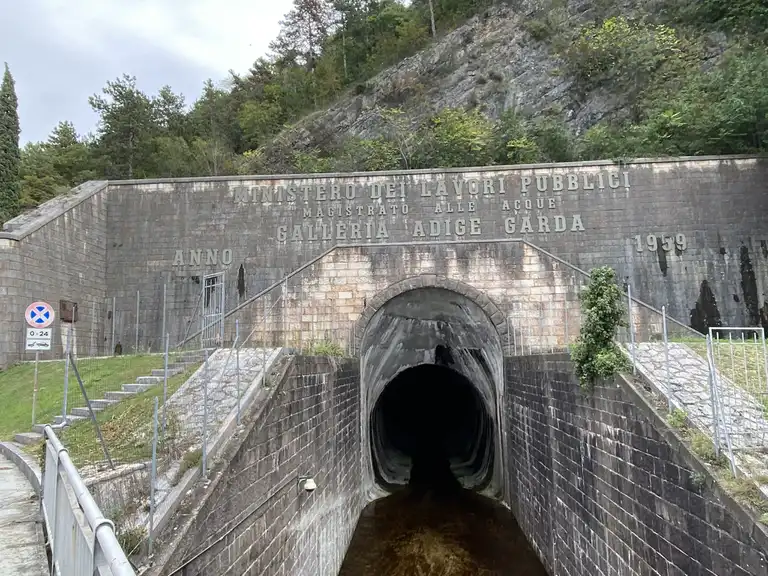
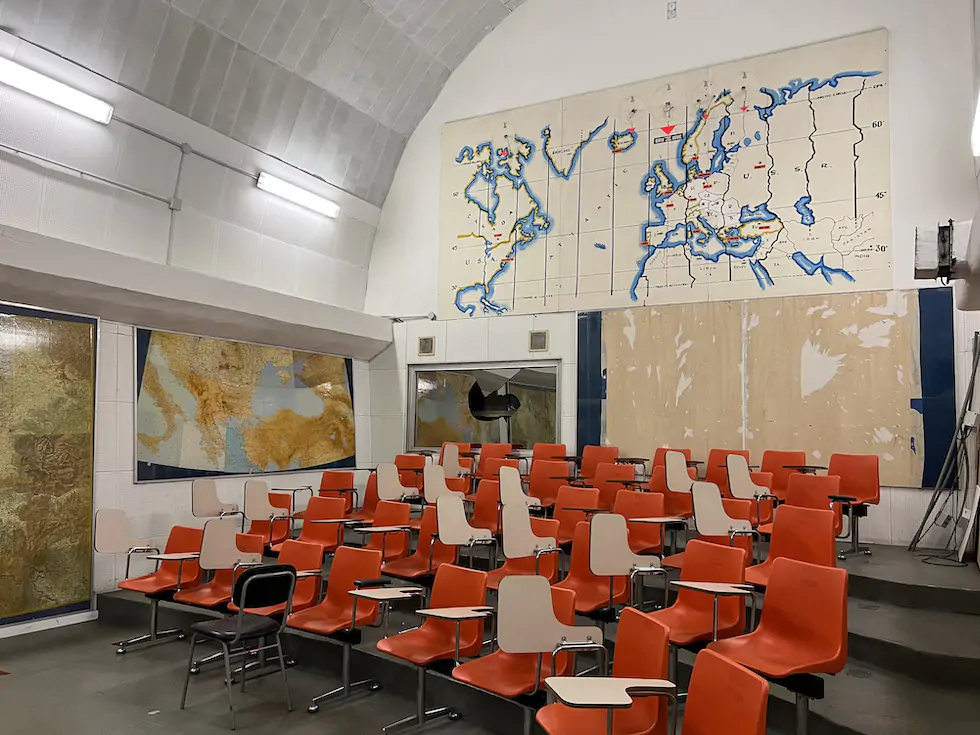
The wines of Valdadige.
Valdadige has a small DOC wine area that extends between Veneto and Trentino, in this stretch of valley shaped by the glaciers of the Quaternary era and dug by the Adige river, which made it an ideal and fertile territory for cultivation.
It includes the hilly area of the municipalities of Rivoli Veronese, Brentino Belluno and Dolcè (in the province of Verona) and Avio (in the province of Trento) for over 1,300 hectares.
The Terradeiforti-Valdadige DOC denomination protects and promotes the Enantio and Casetta types, native red wines, together with Pinot Grigio and Chardonnay.
To taste these excellent wines, we recommend a visit and a tasting at the Albino Armani Cellar in Dolcè (VR), which has been in production since 1607. For more info, click here.
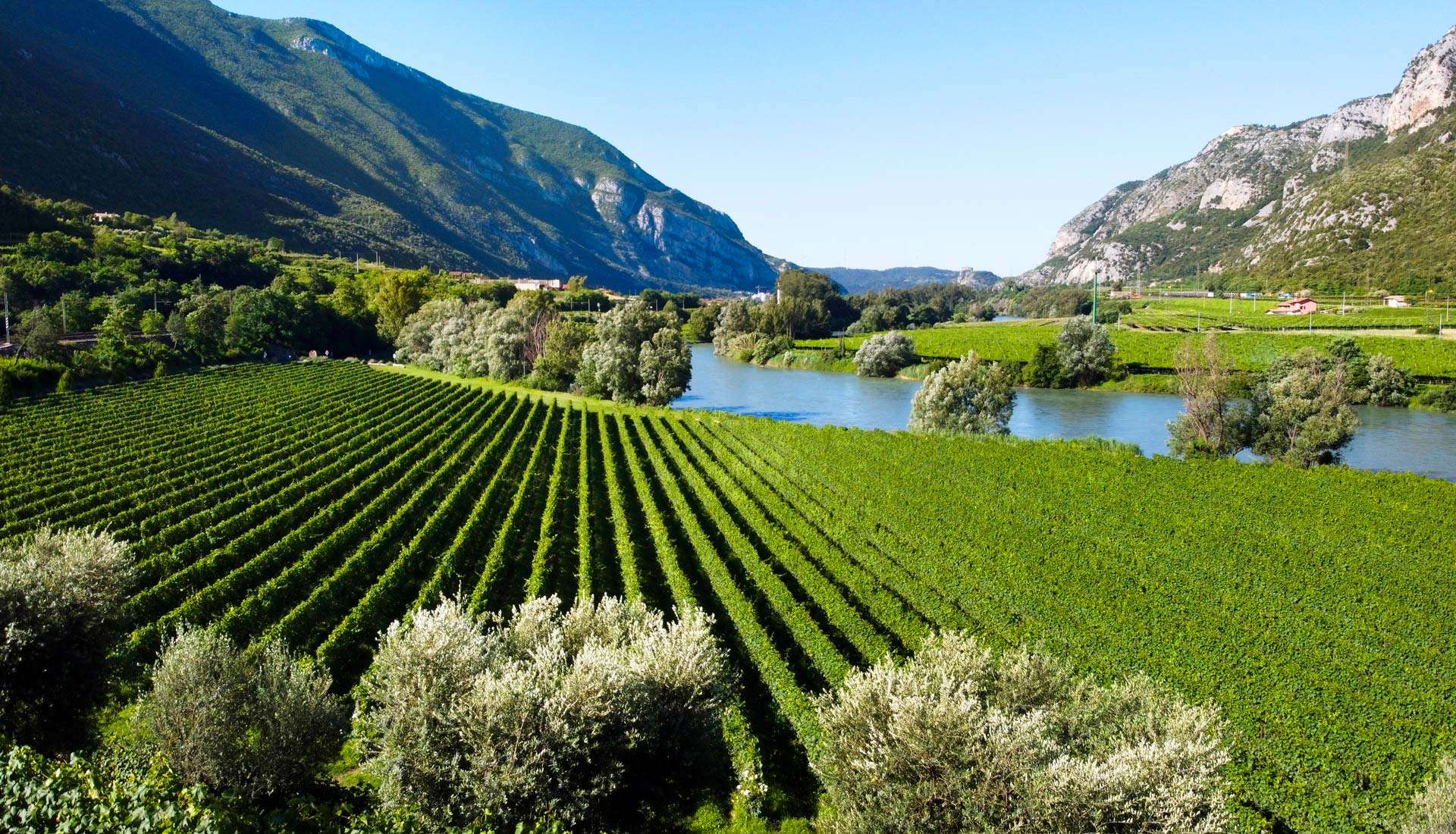
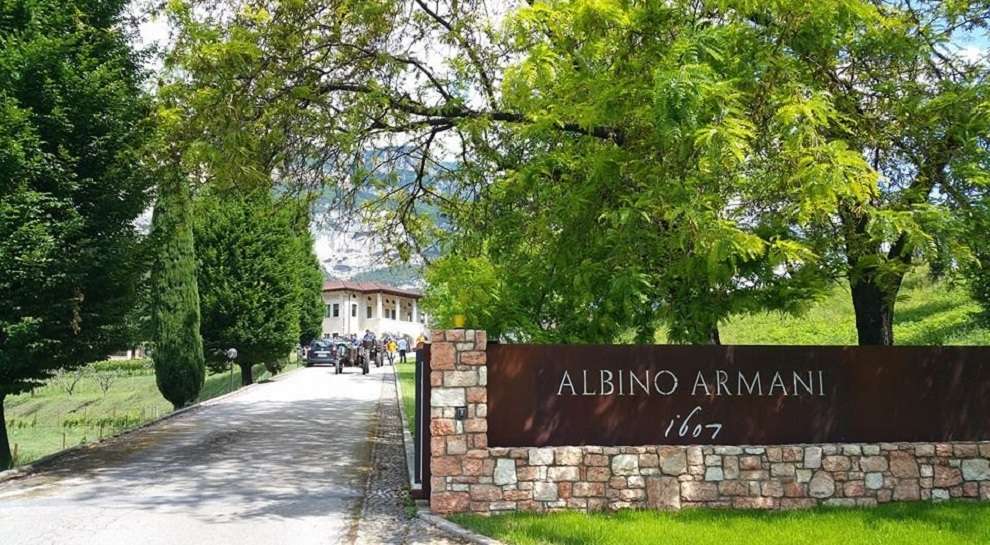
What to do in a day trip in Valdadige: unique experiences.
Val d’Adige is also synonymous with sports immersed in nature, which will bring you into direct contact with the area in full enjoyment. Here is a list for you with the best experiences to try:
VISIT VALDADIGE: with expert guides you can go on kayak and rafting tours, with a broad and curious look towards the discovery of local excellence. In fact, this experience will not be just sport, but a real immersion in the nature, history and flavors of the Val d’Adige. For info click here.
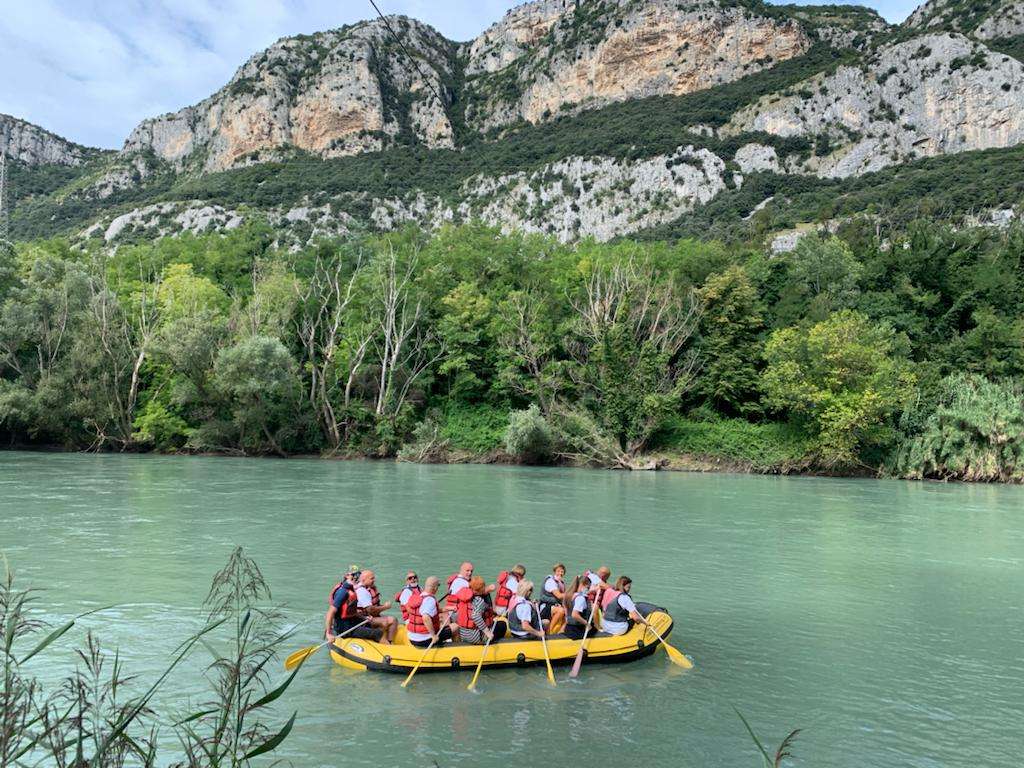
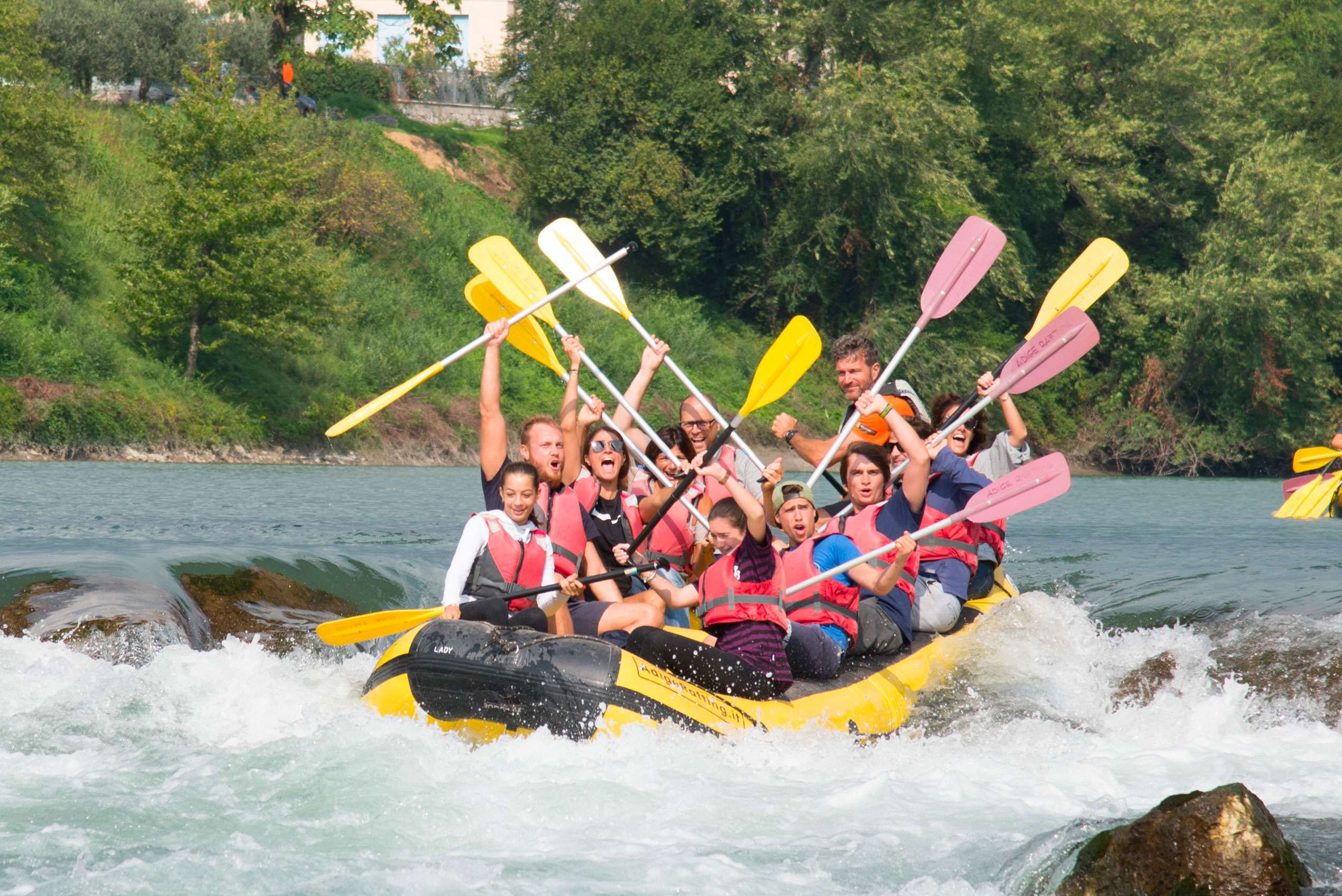
BRENTINO BIKE: Val d’Adige enjoys spectacular cycle paths. At Brentino Bike you can rent e-bikes and mountain bikes daily or long-term, or plan guided and personalized tours to discover the Valdadige, Monte Baldo and Lessinia. For info click here.
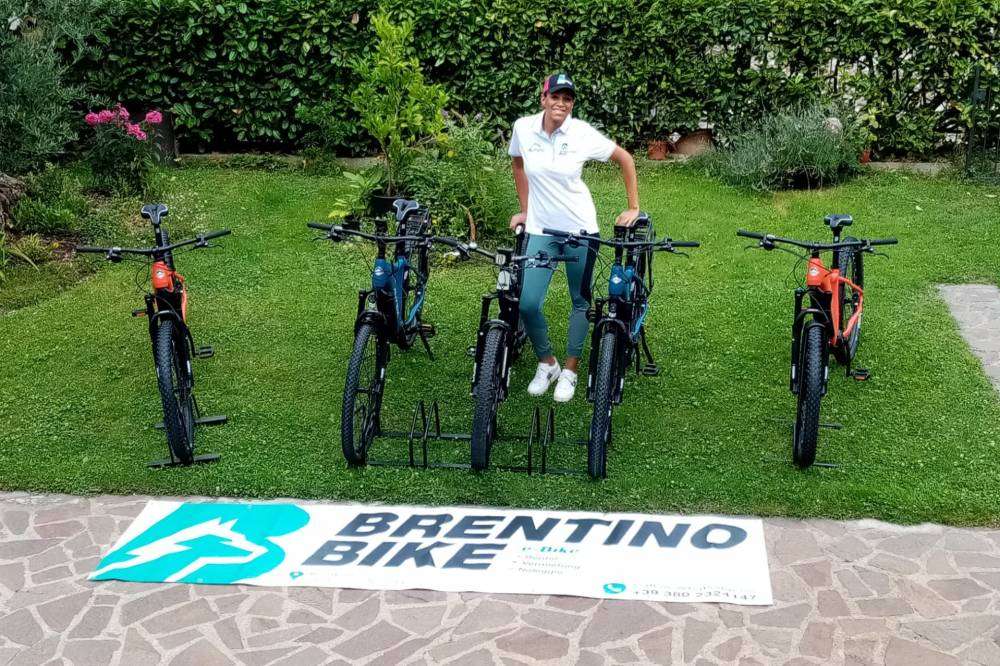
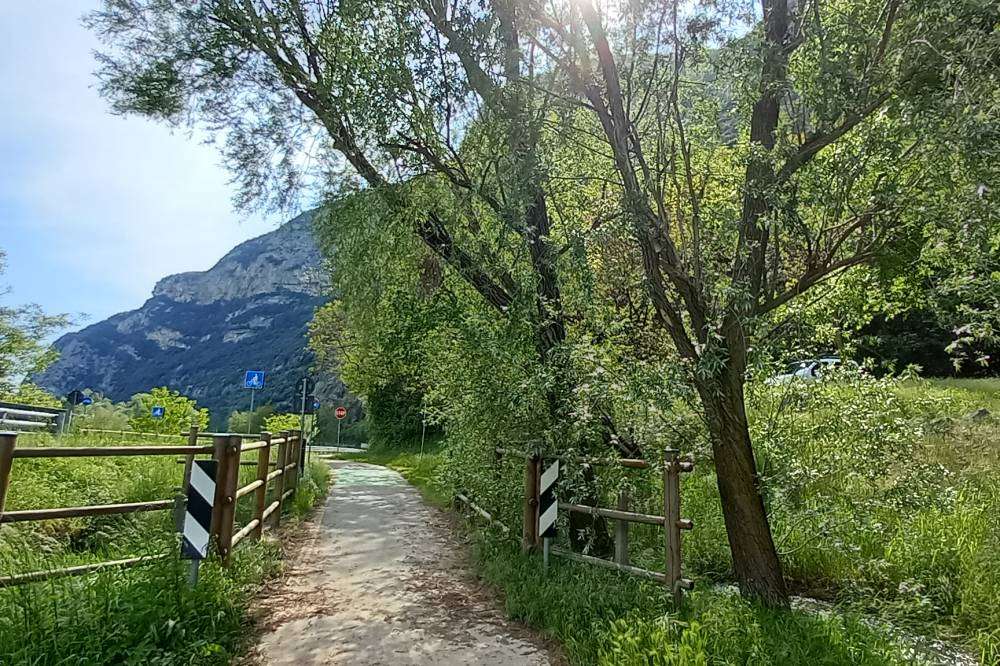
CANYON ADDICTED: do you want to have a fun and adventurous experience? Try Canyoning! The Canyon Addicted team here in Val d’Adige will take you to the Vajo dell’Orsa in total safety and assistance. You will discover how beautiful it is to walk, jump and descend where the water flows, observing the most secret corners that can only be admired from here. For info click here.
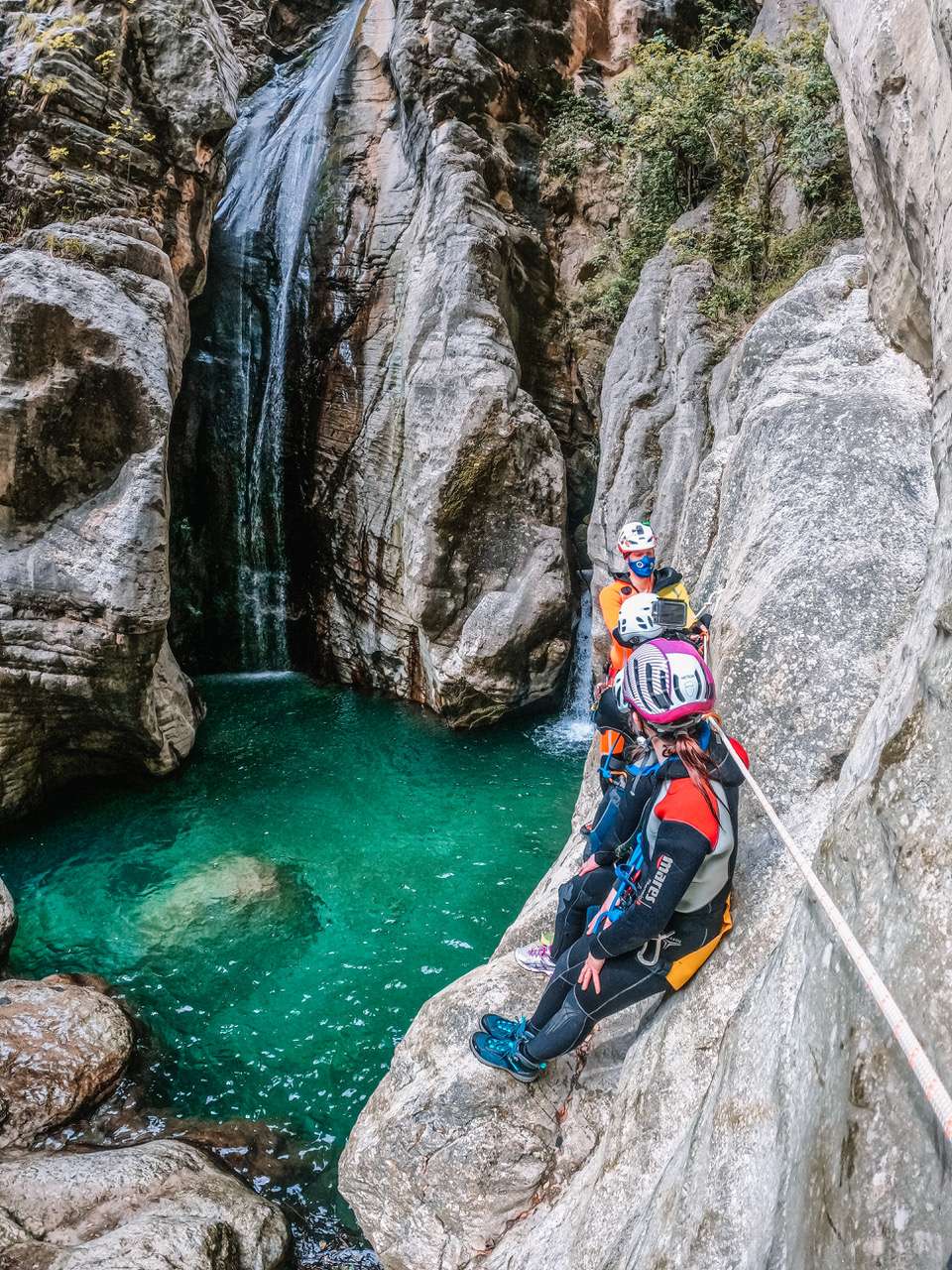
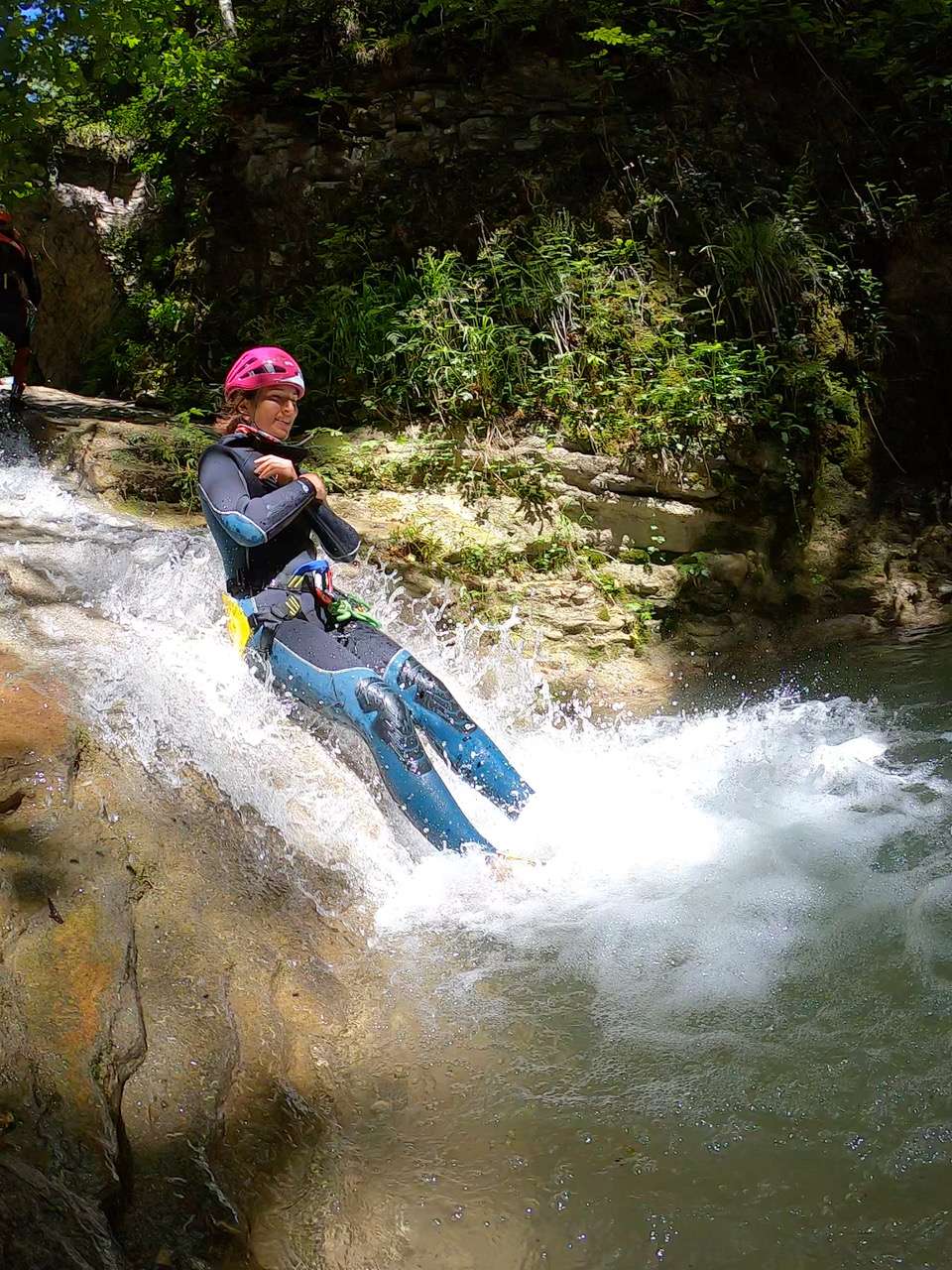
In Val d’Adige you can also practice sport fishing, climbing, trekking and paragliding.
Val d’Adige is a wonderful area, not crowded by mass tourism, and full of things to do and see. You can visit it in every season, discovering the colors it wears.
See you next time dear Outdoors!
Silvia Turazza – Garda Outdoors editorial staff
– I thank Pietro Fratton for the precious contribution of notions on the Valdadige –
The cover photo is by JT Drone
